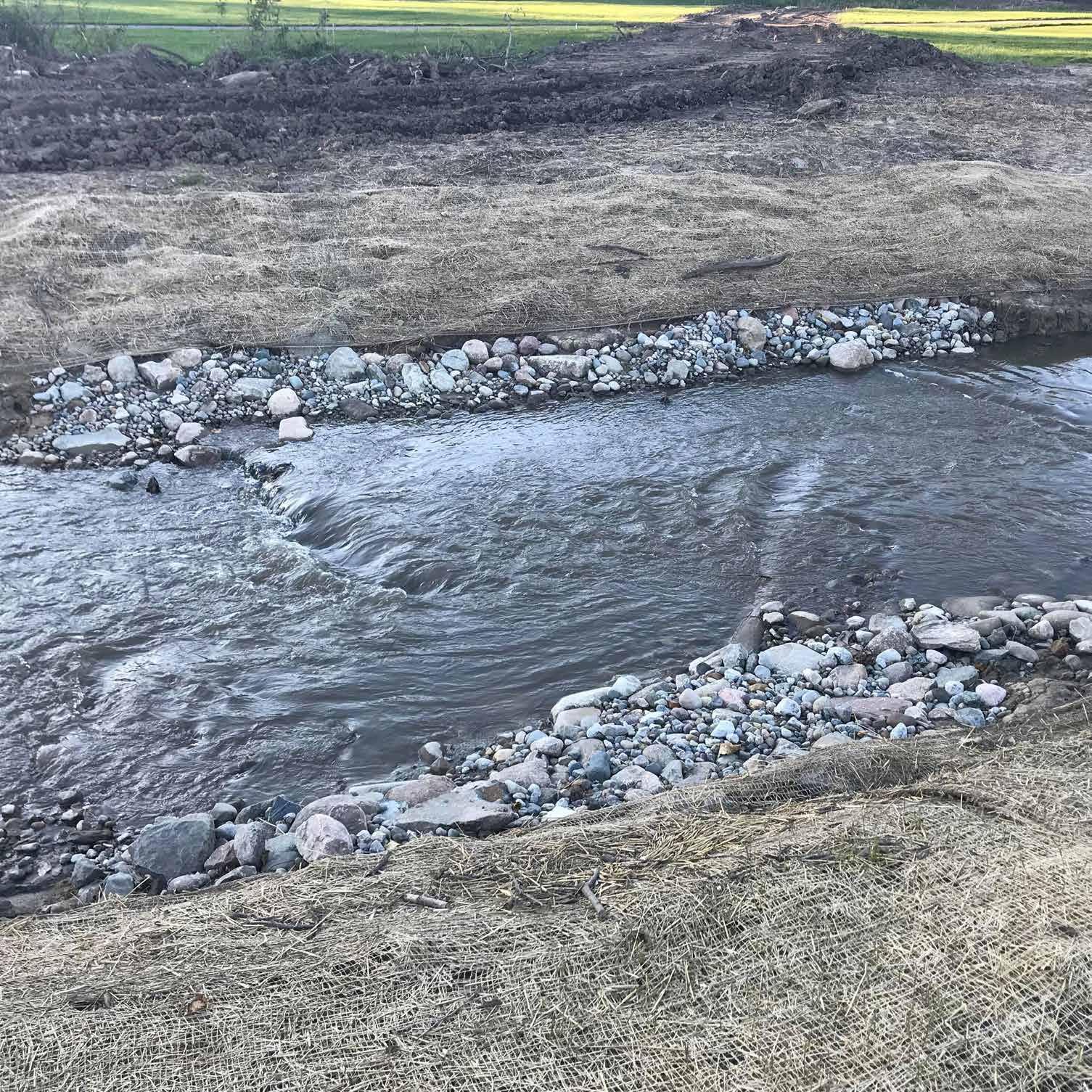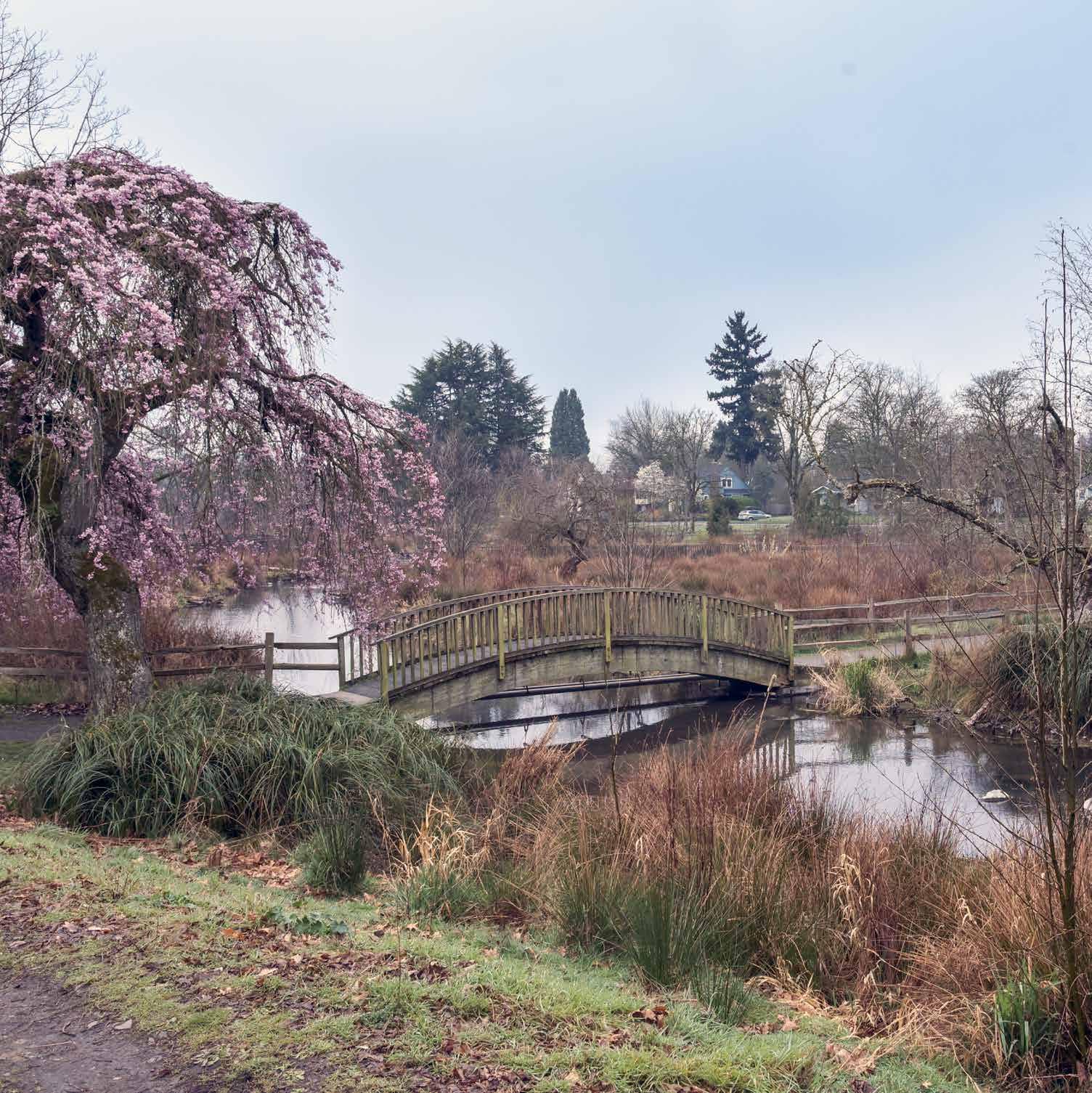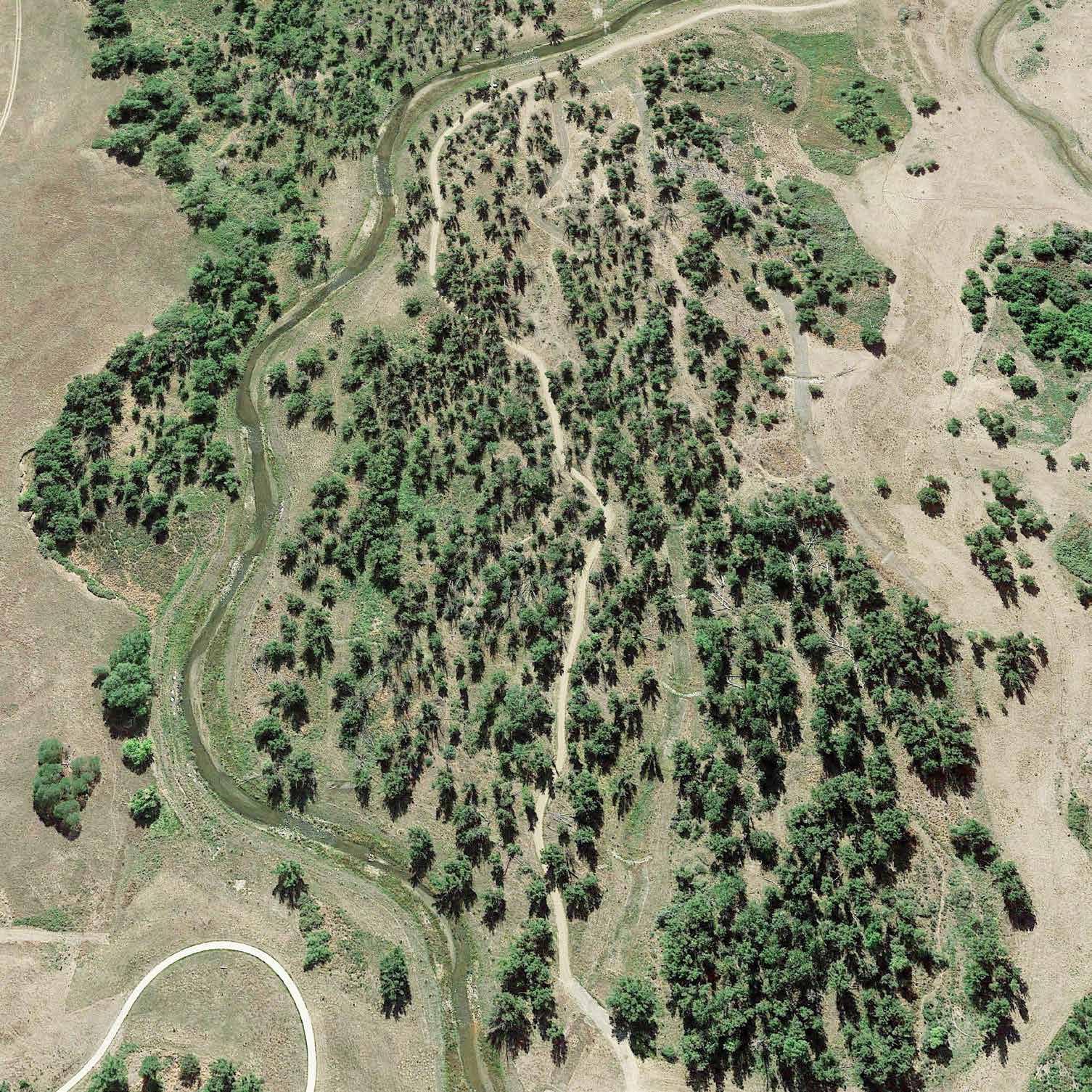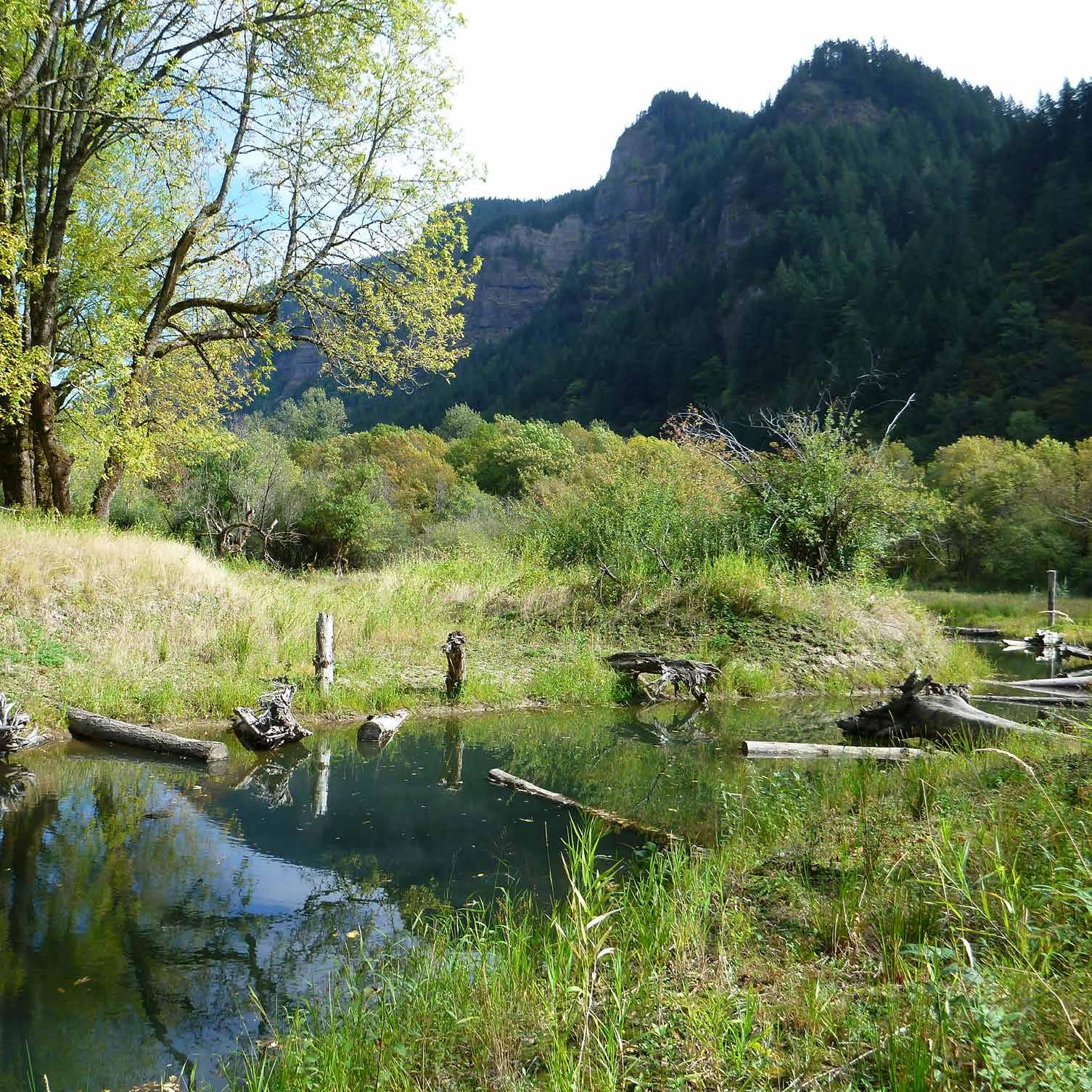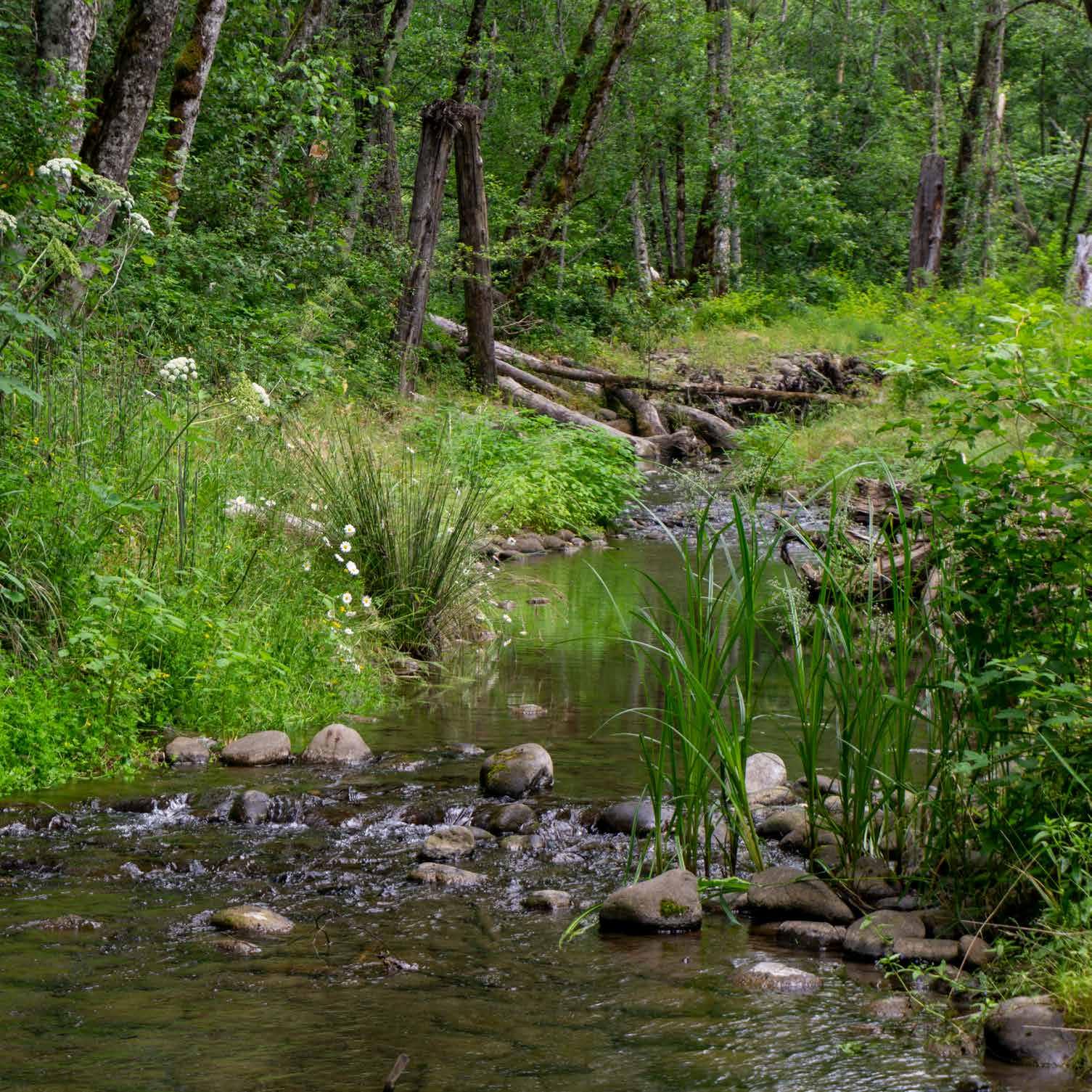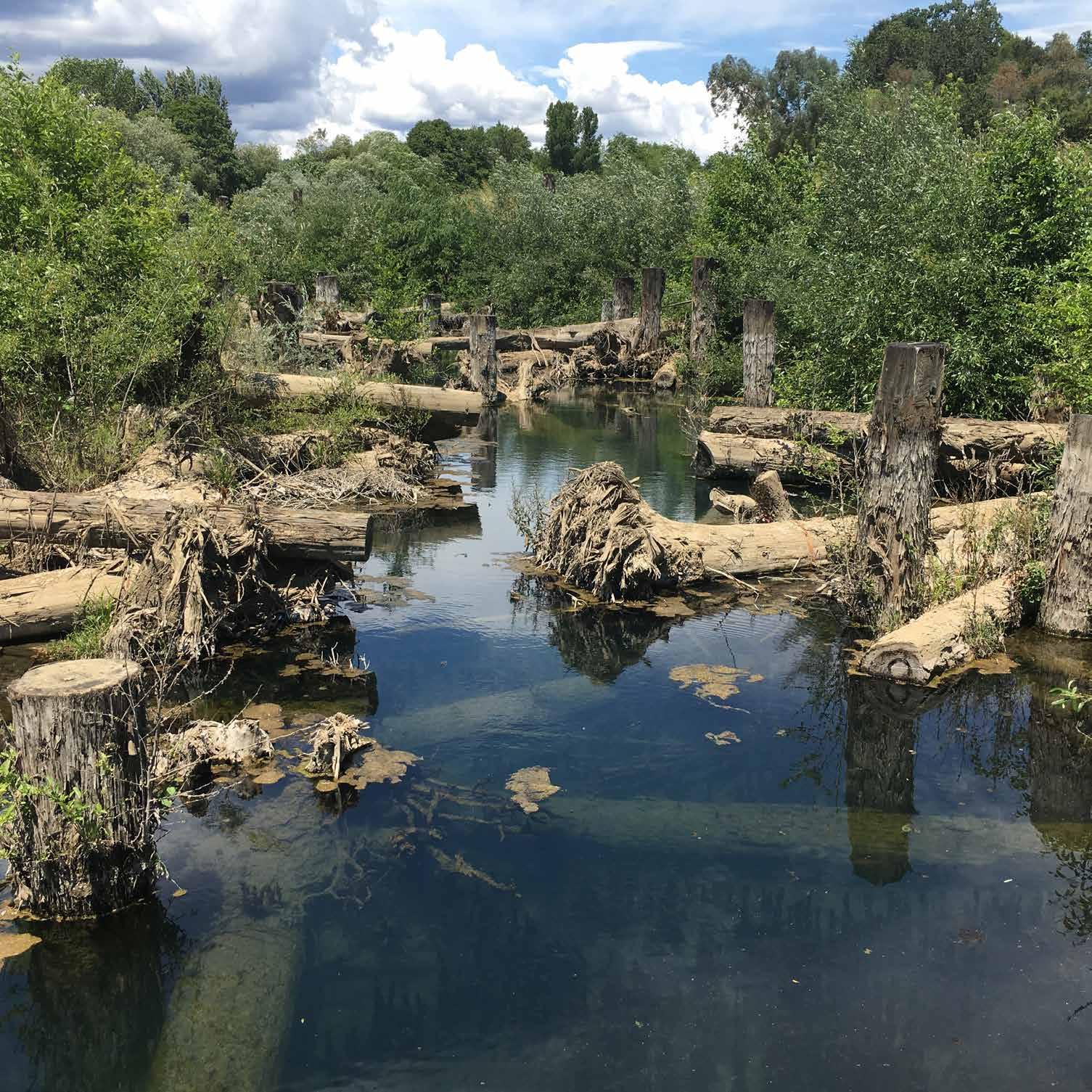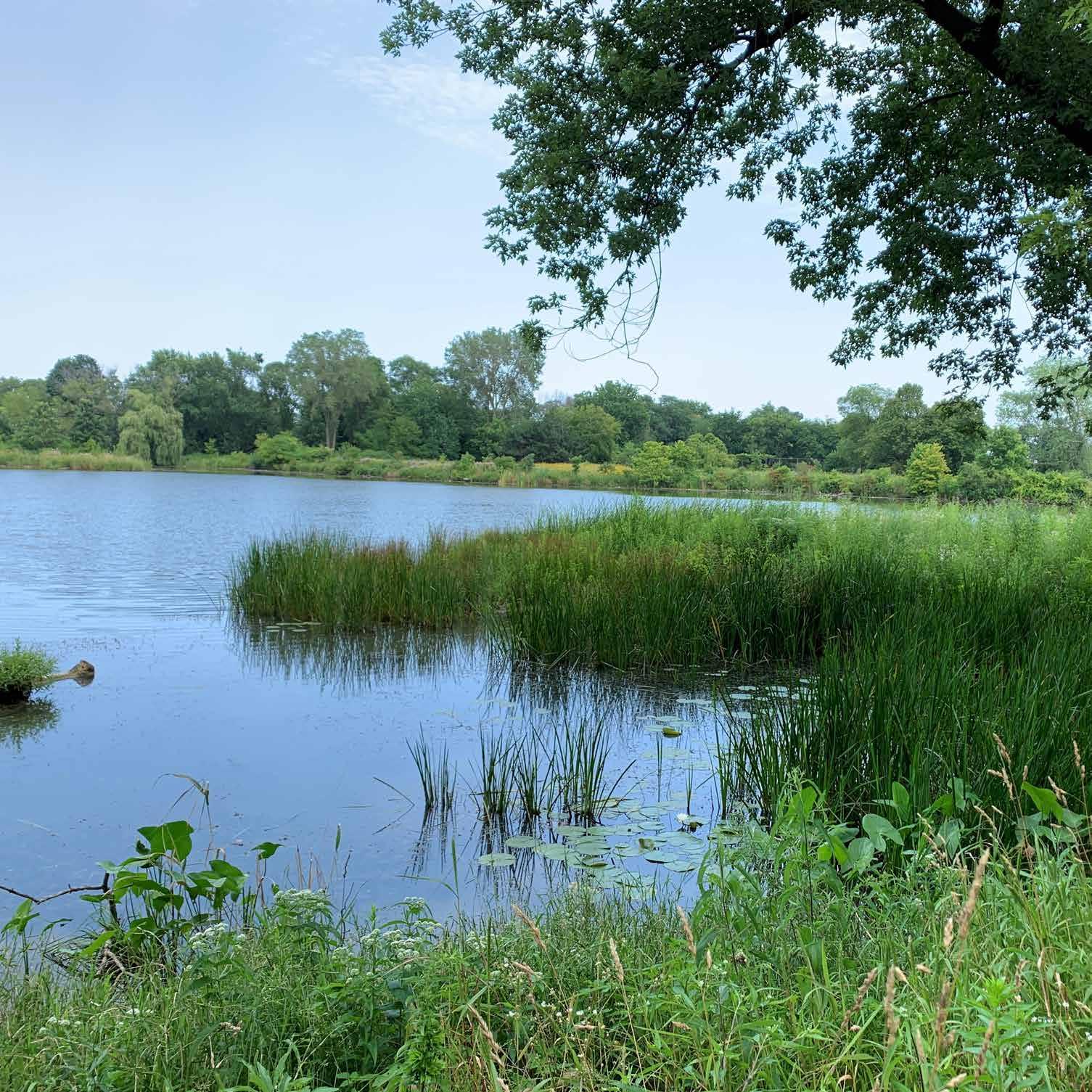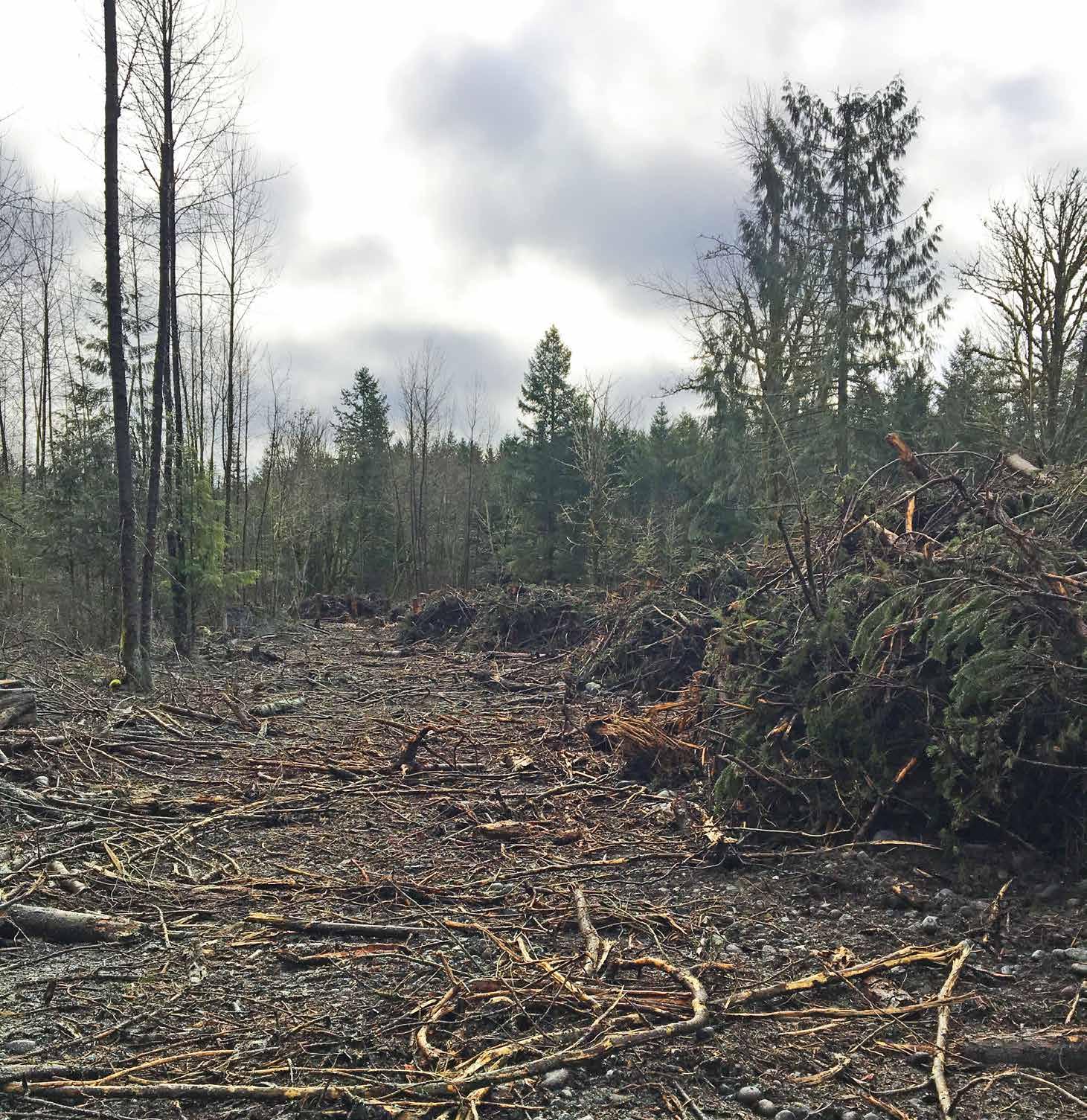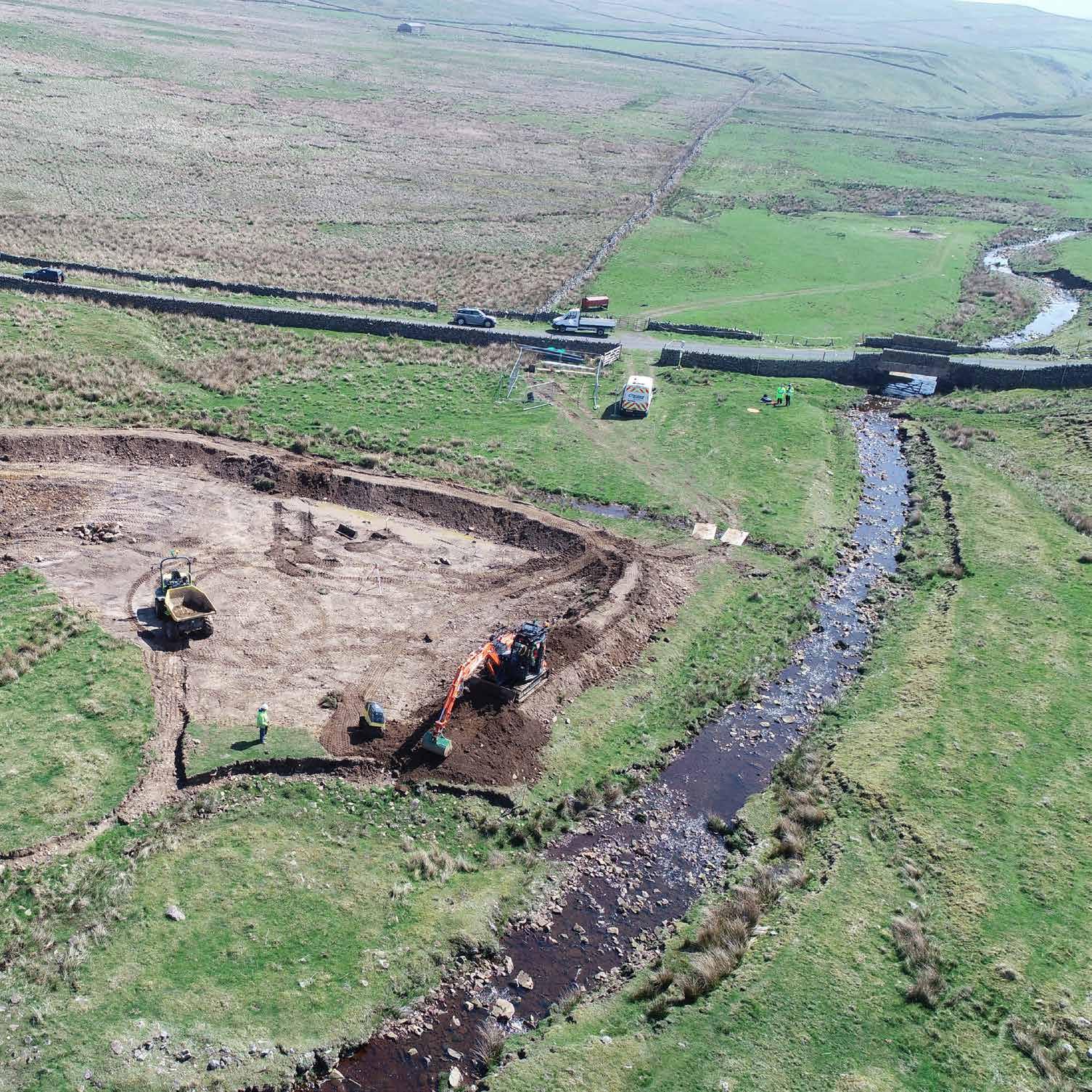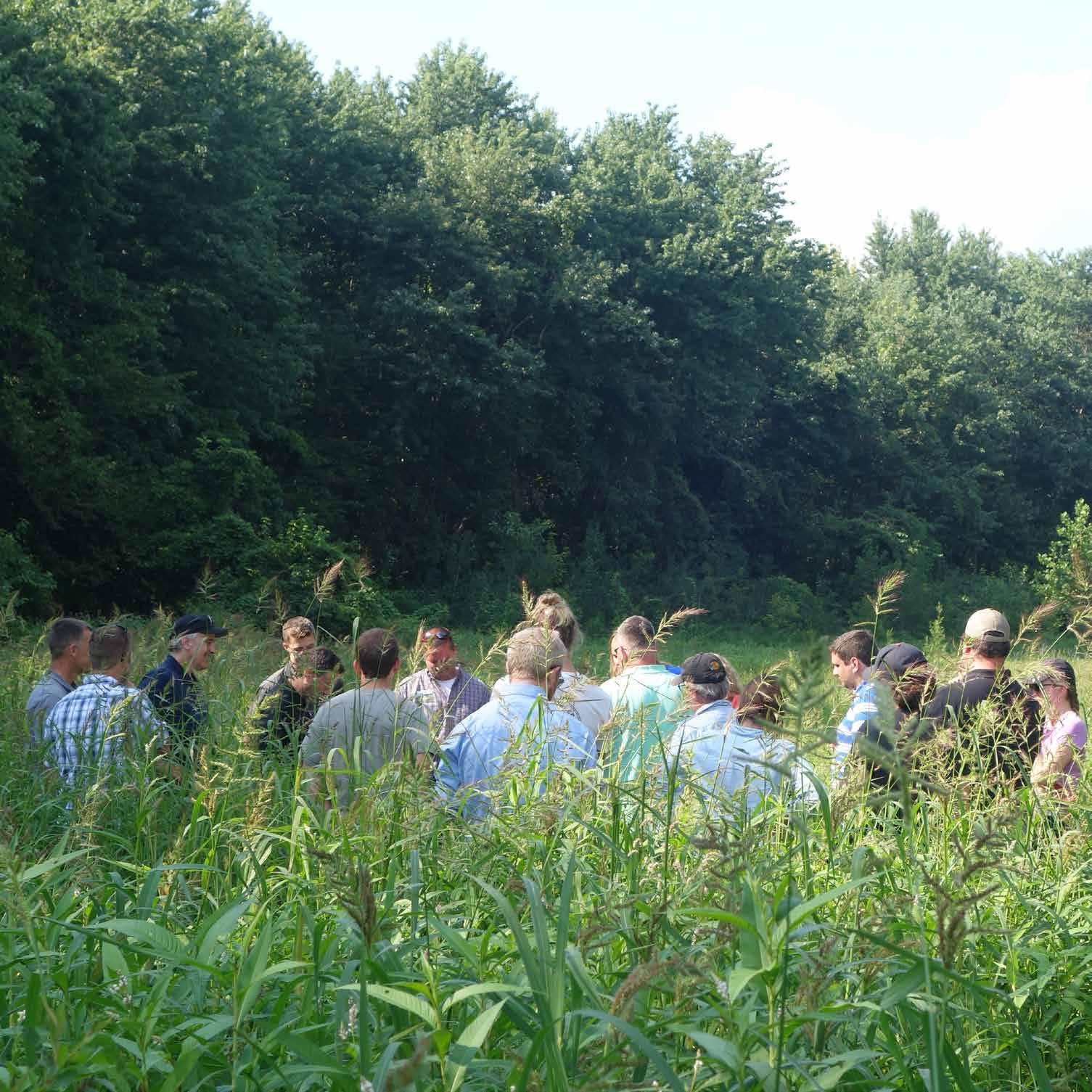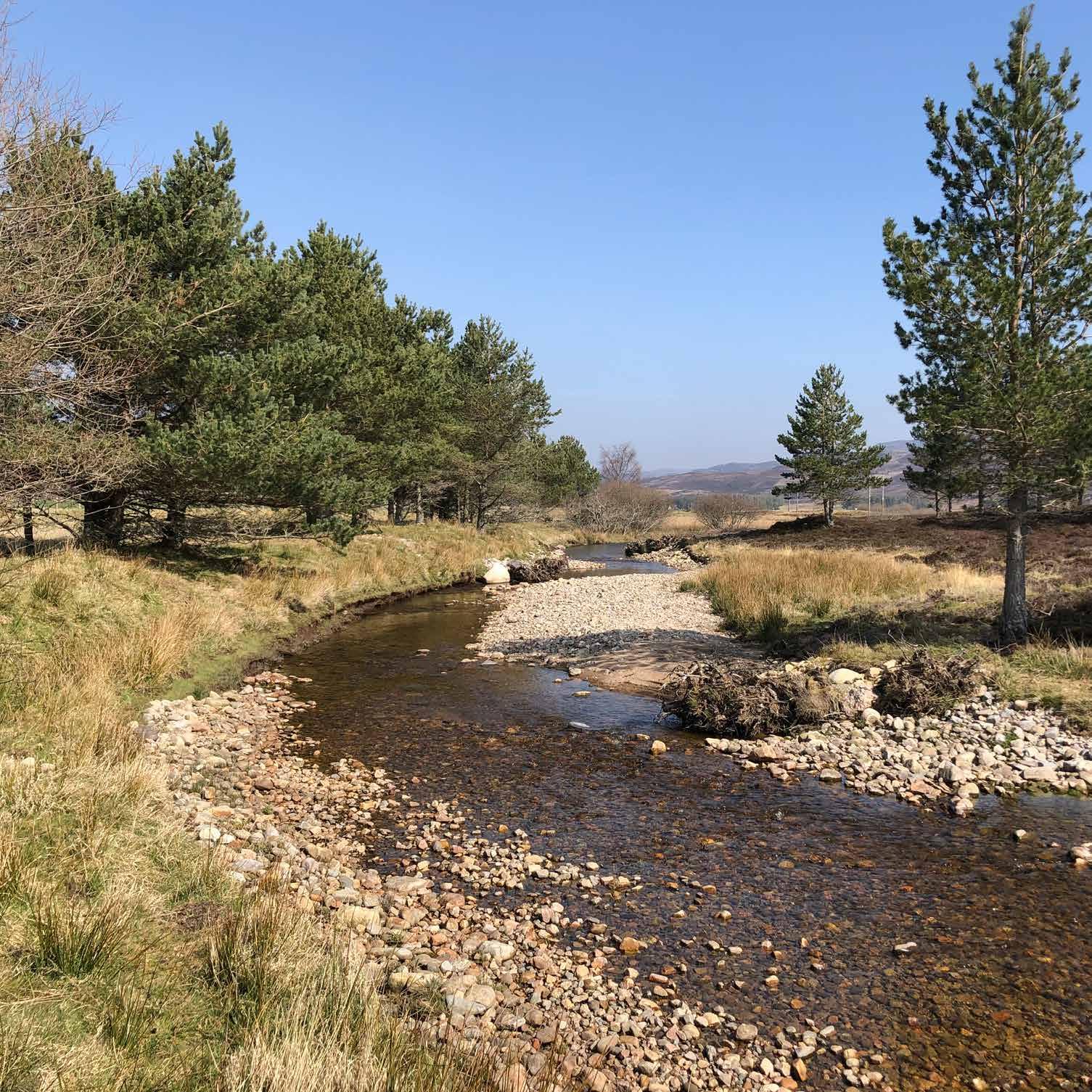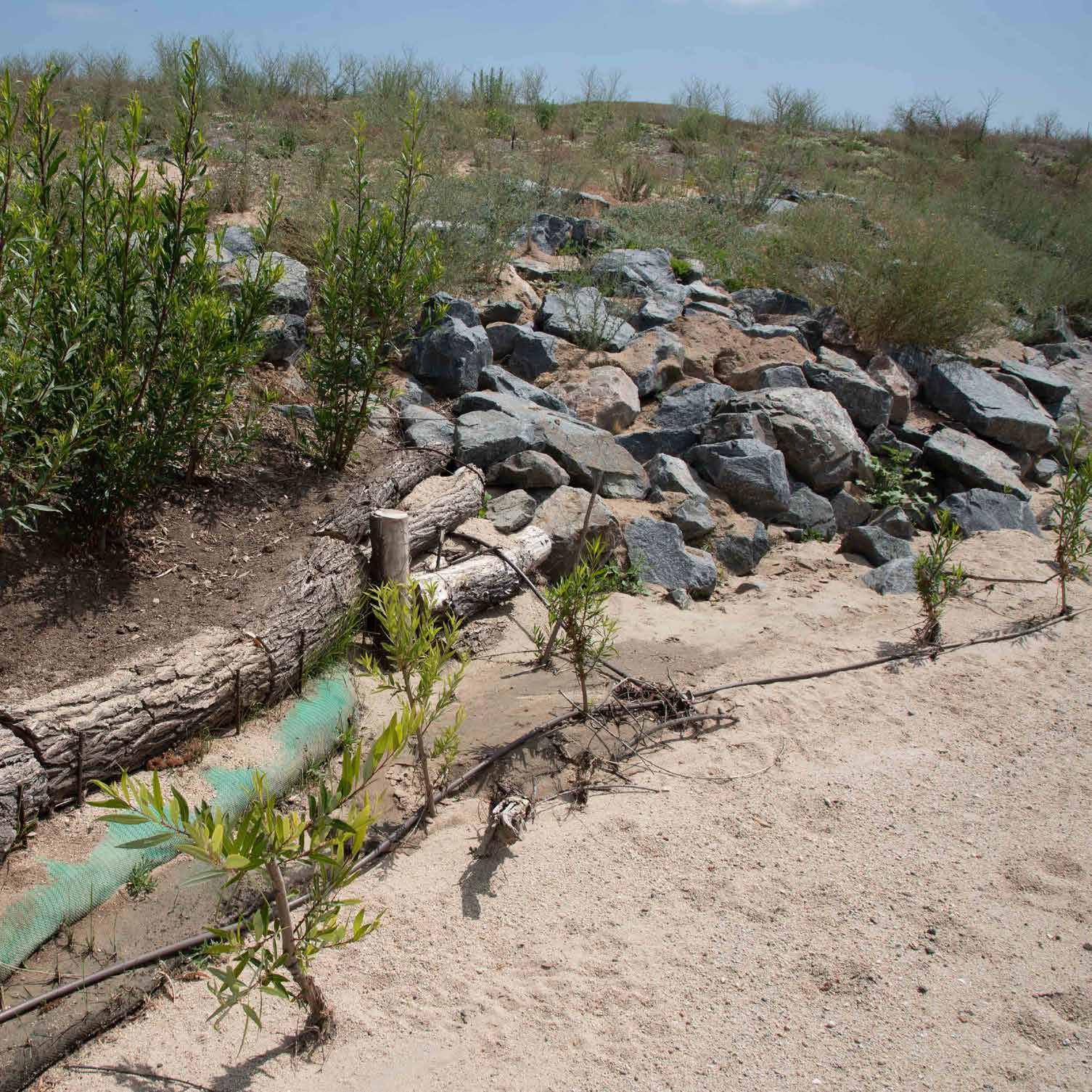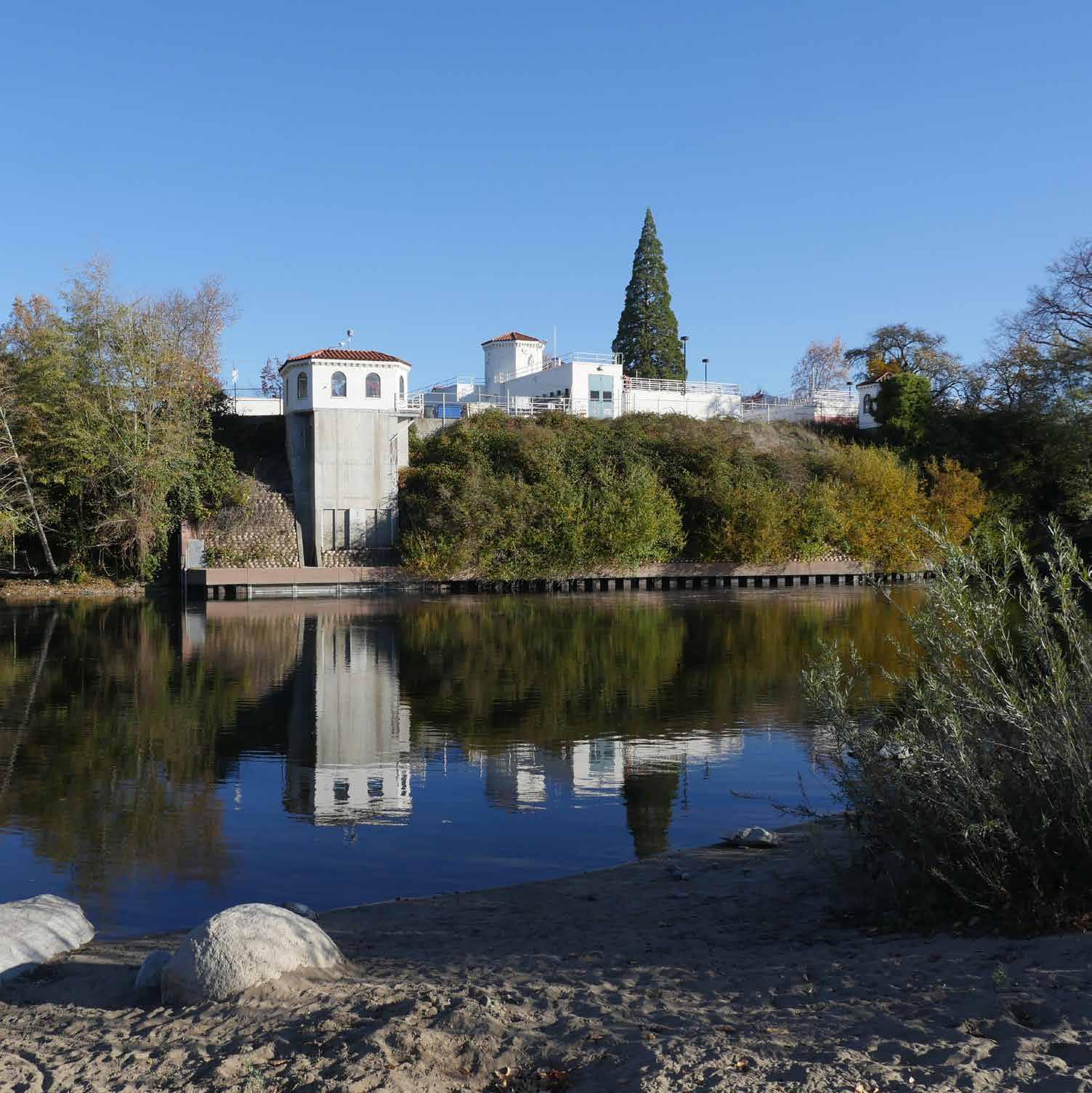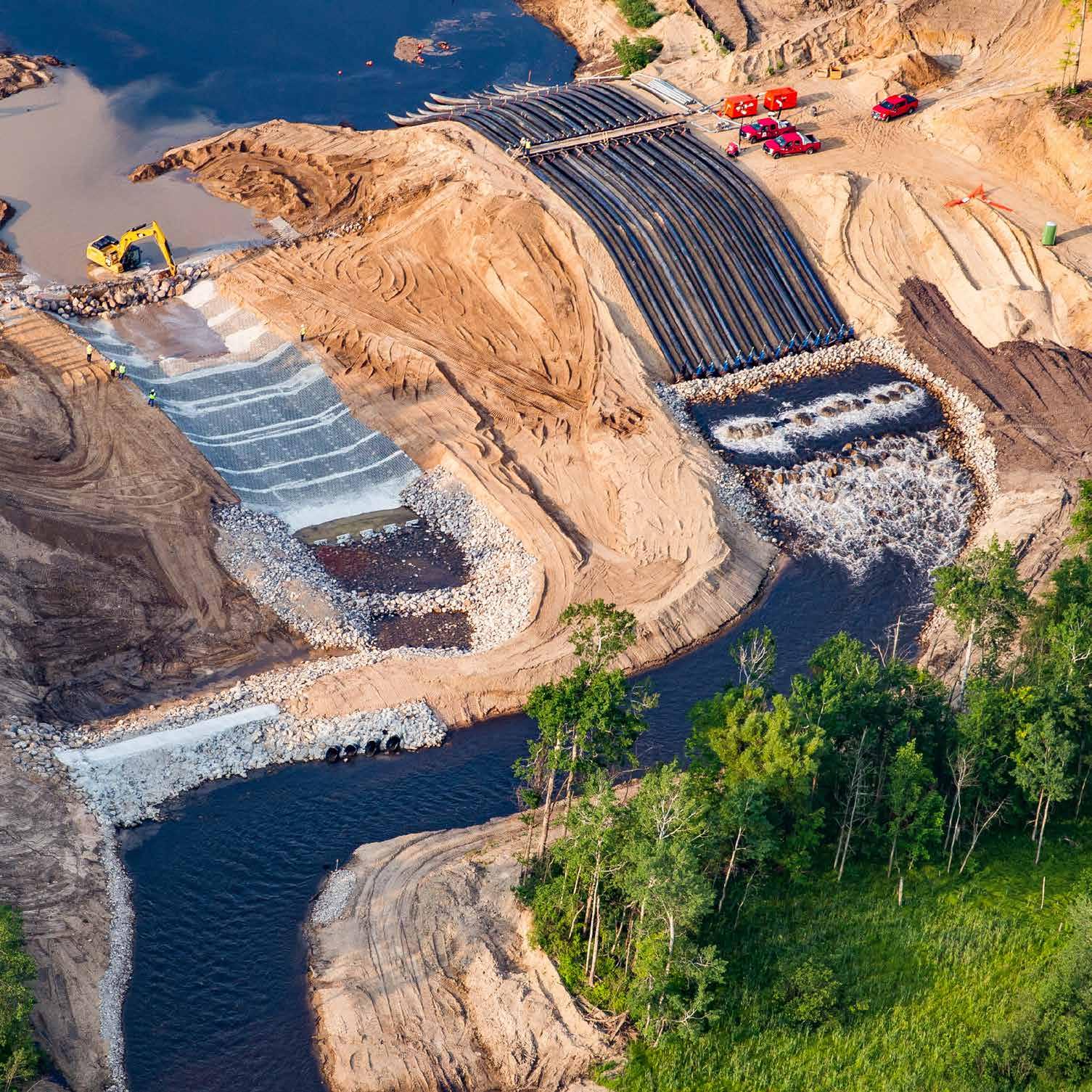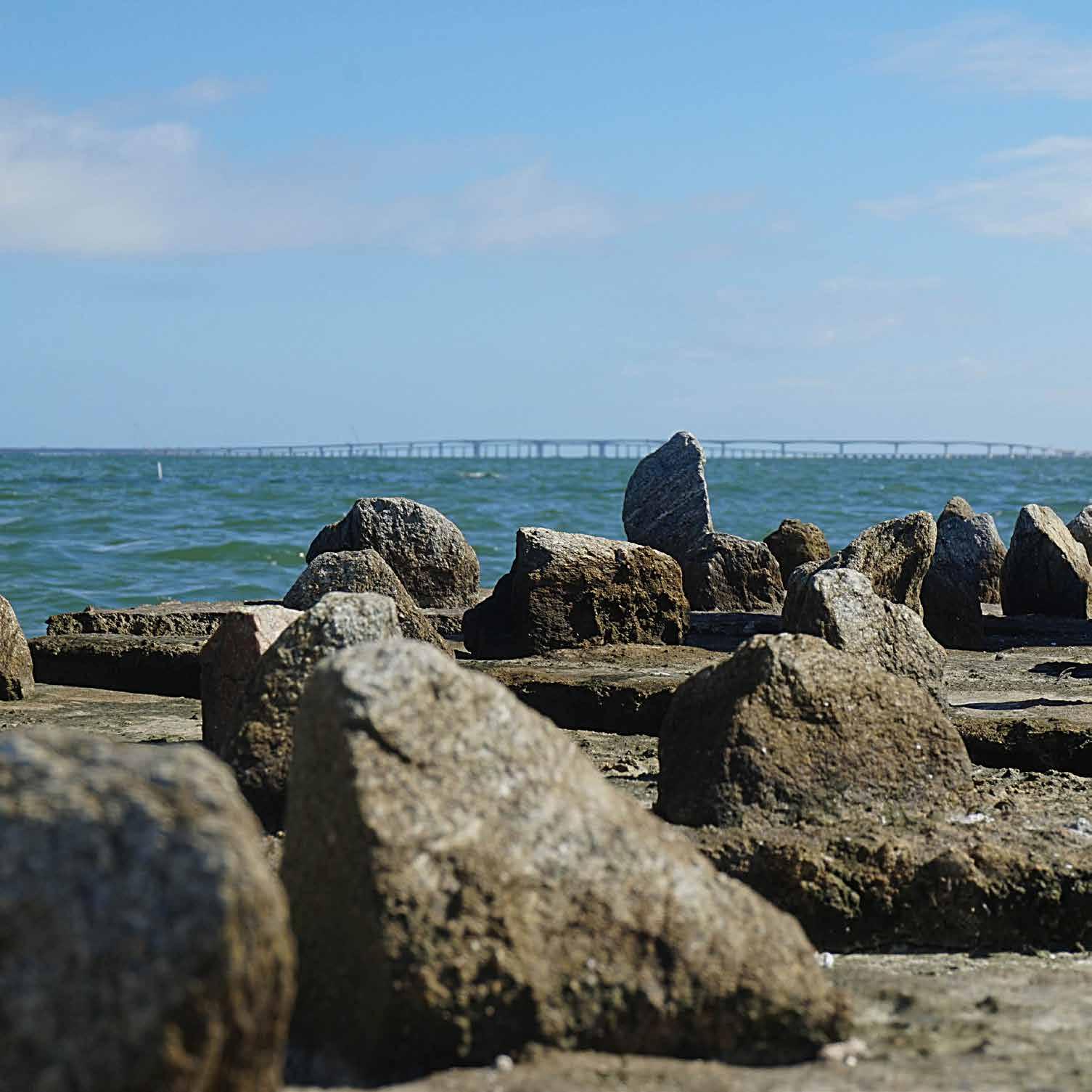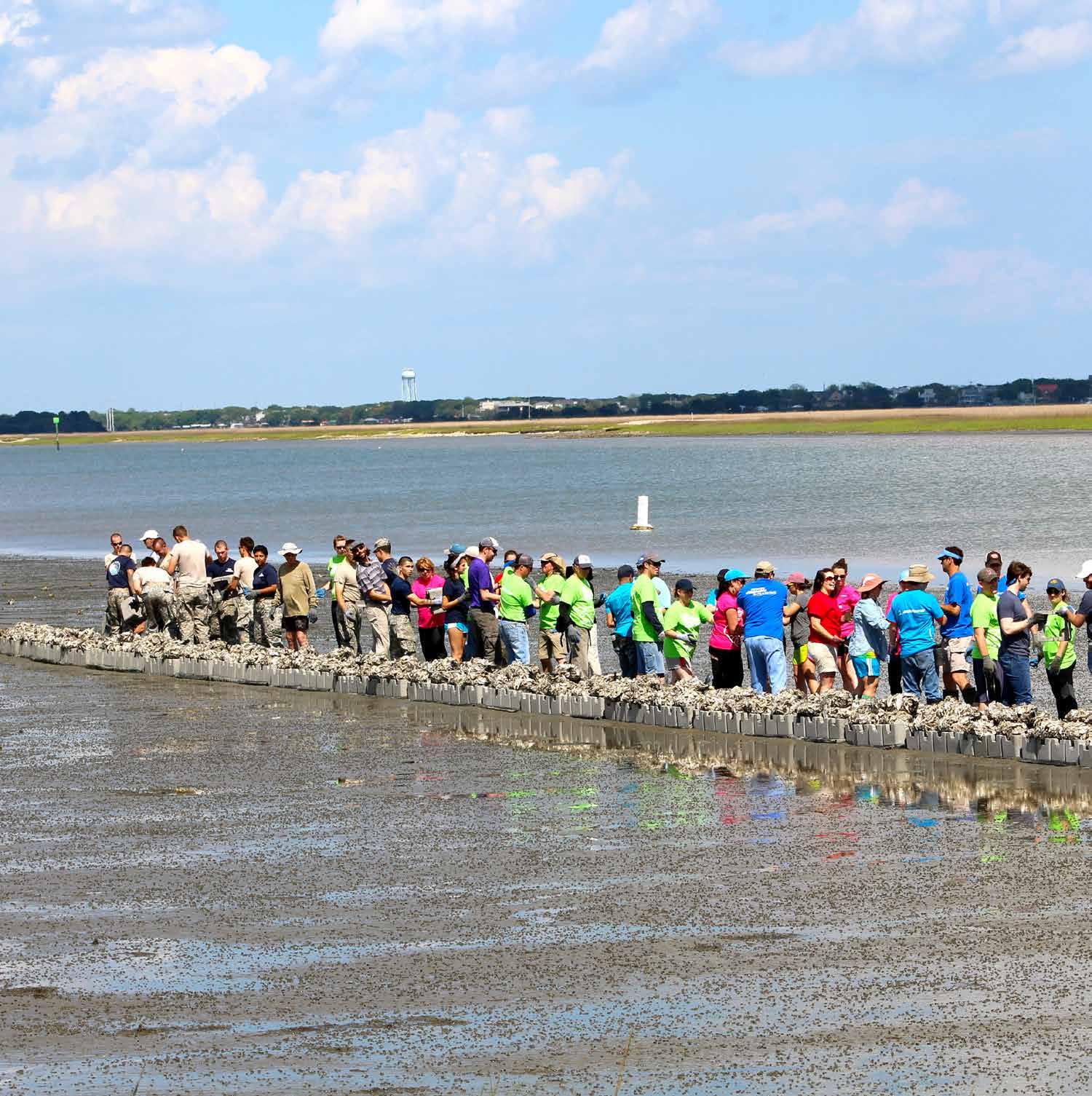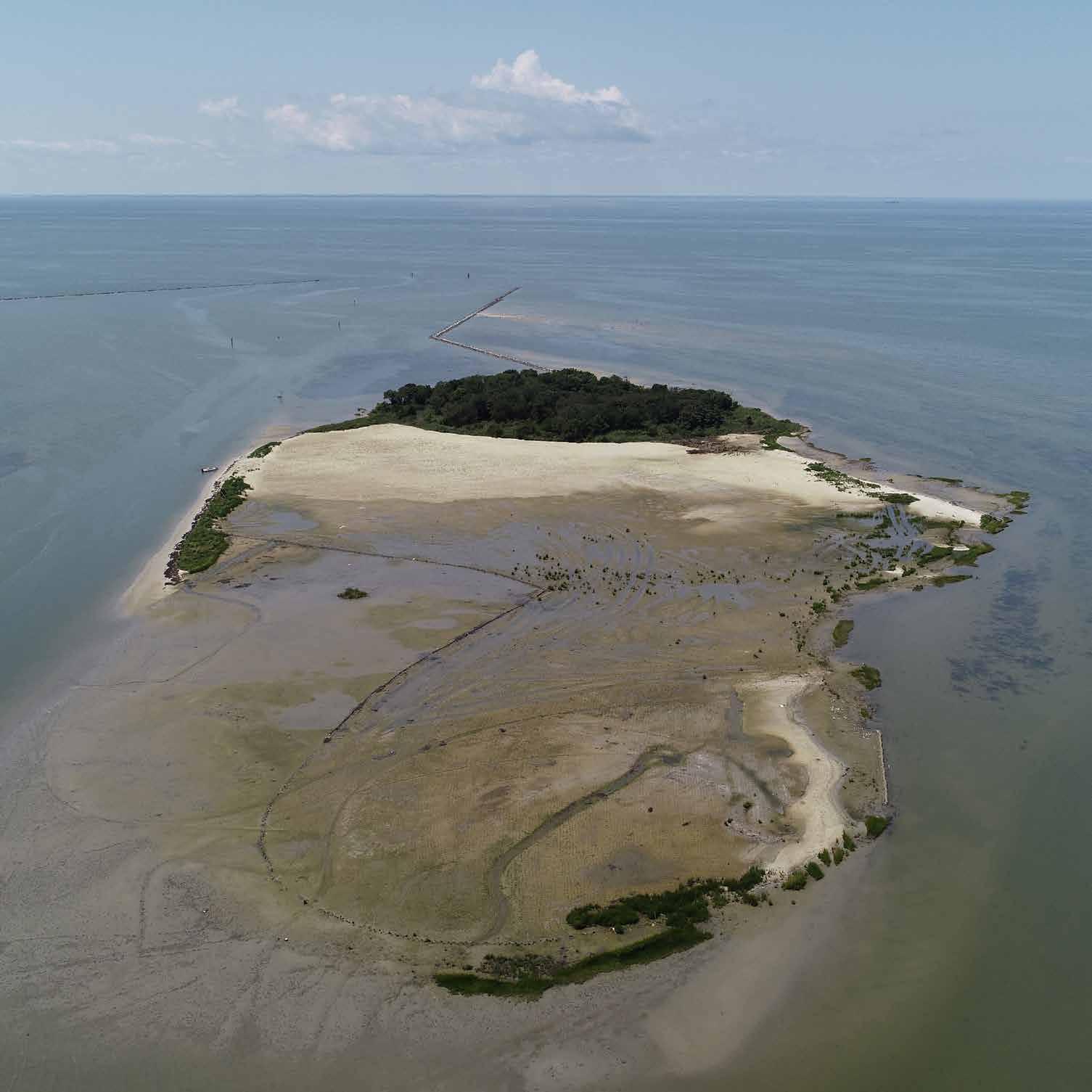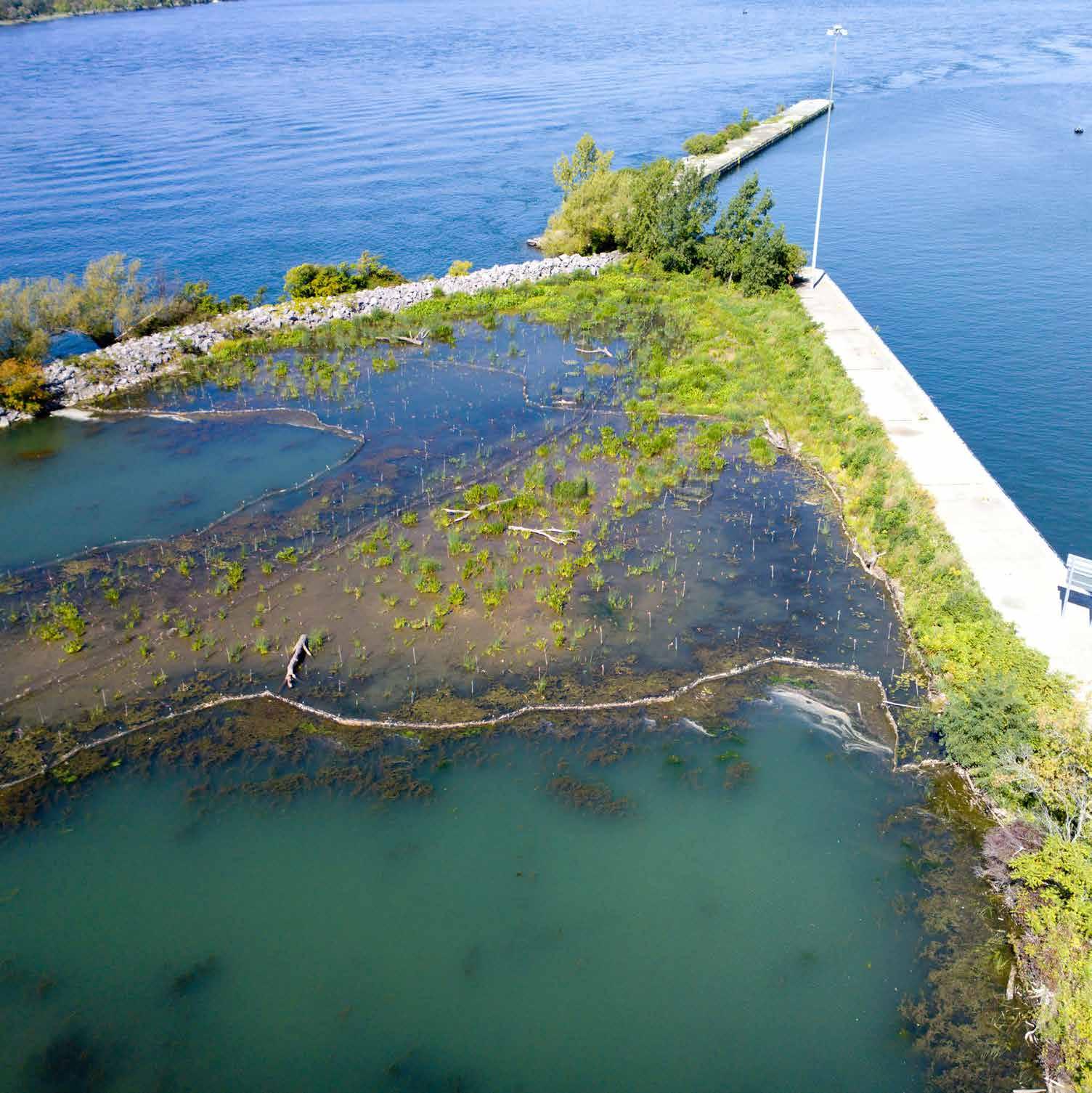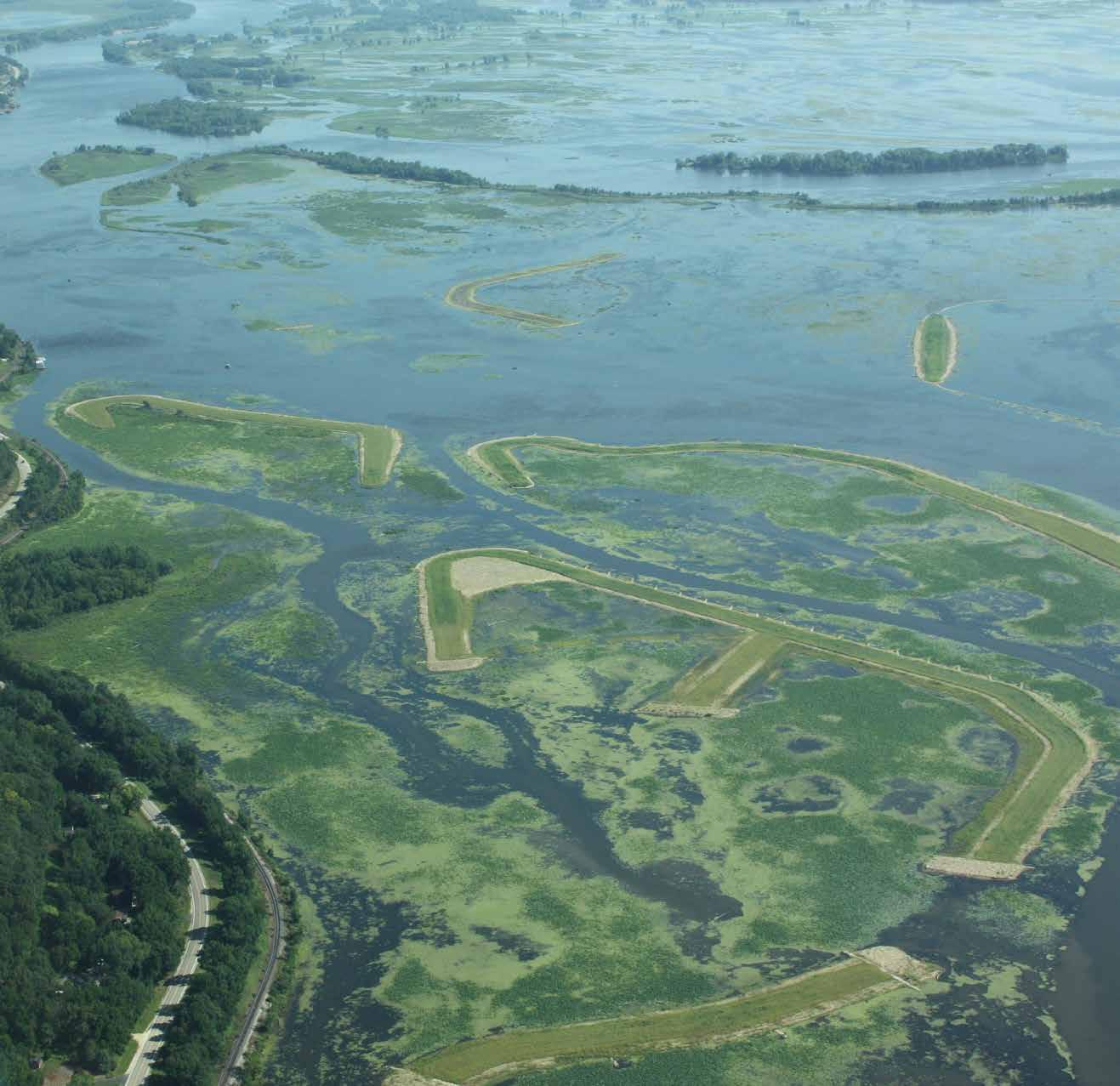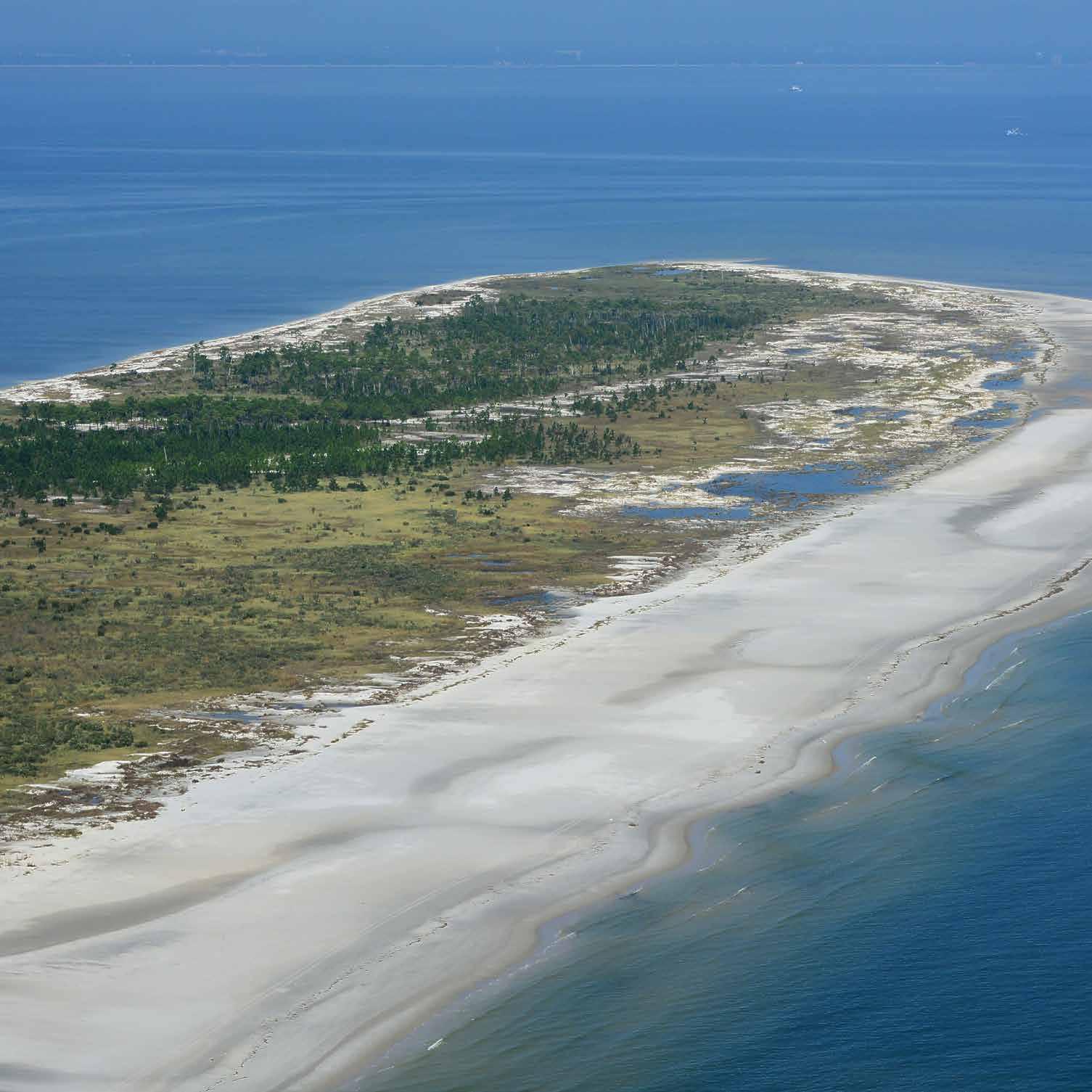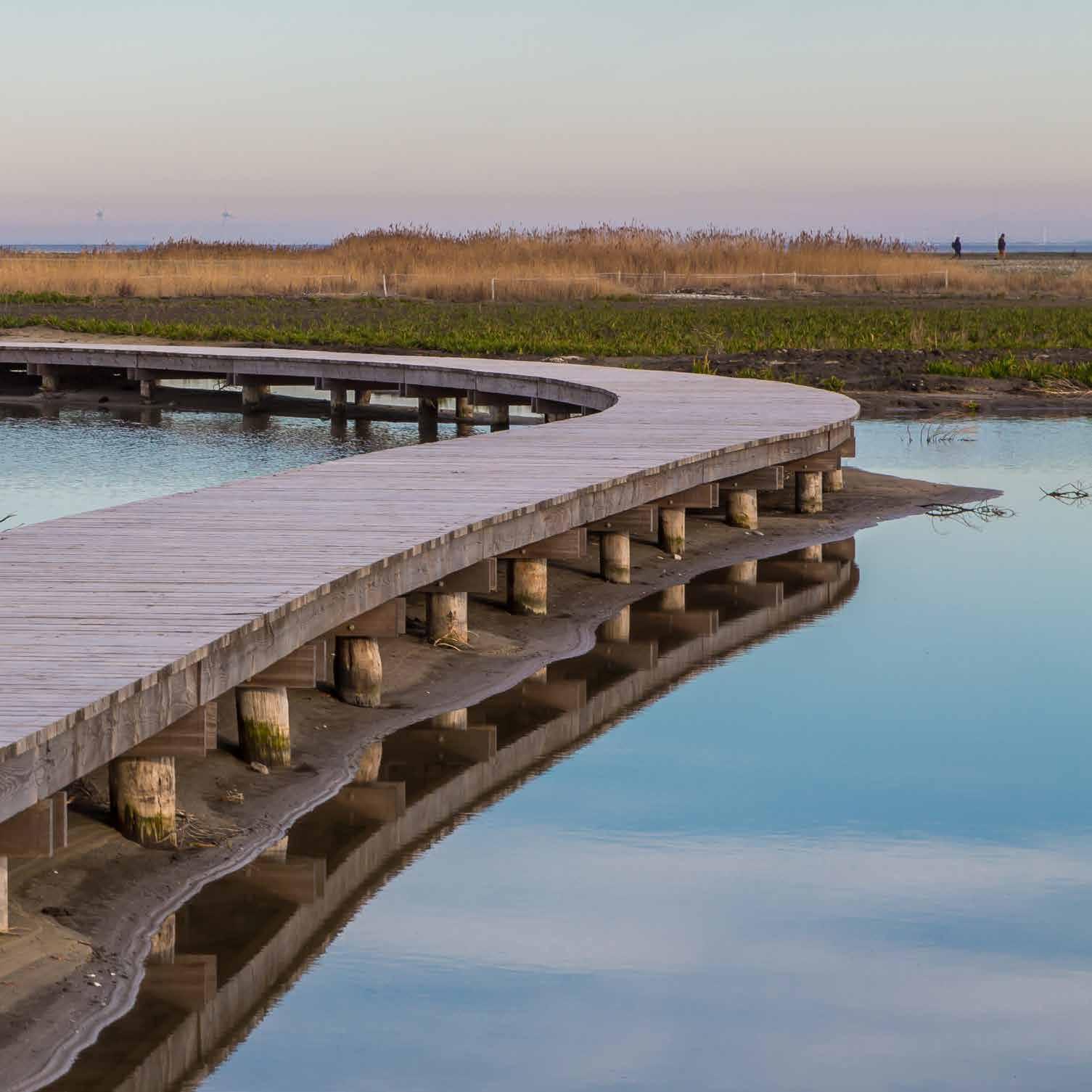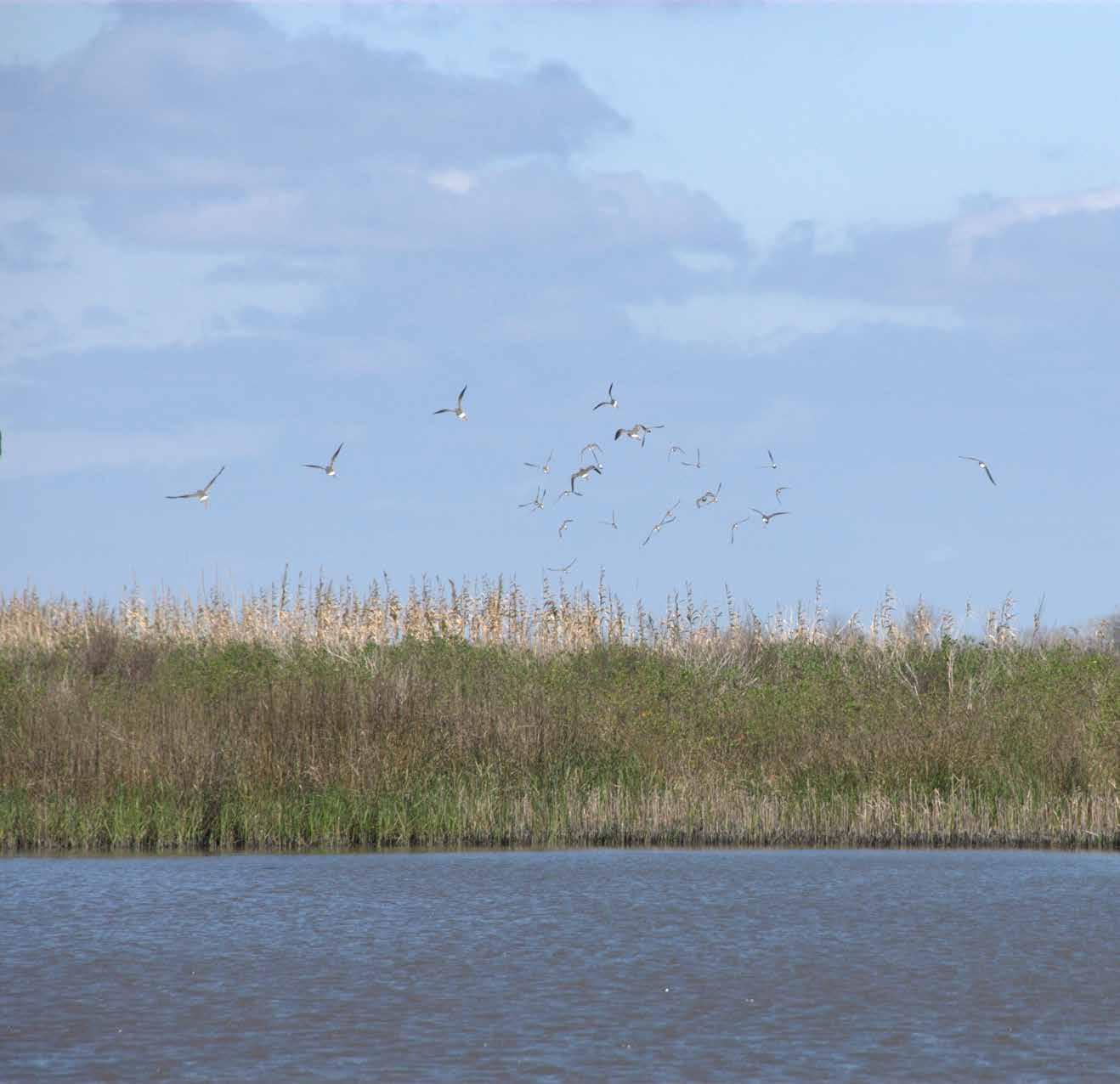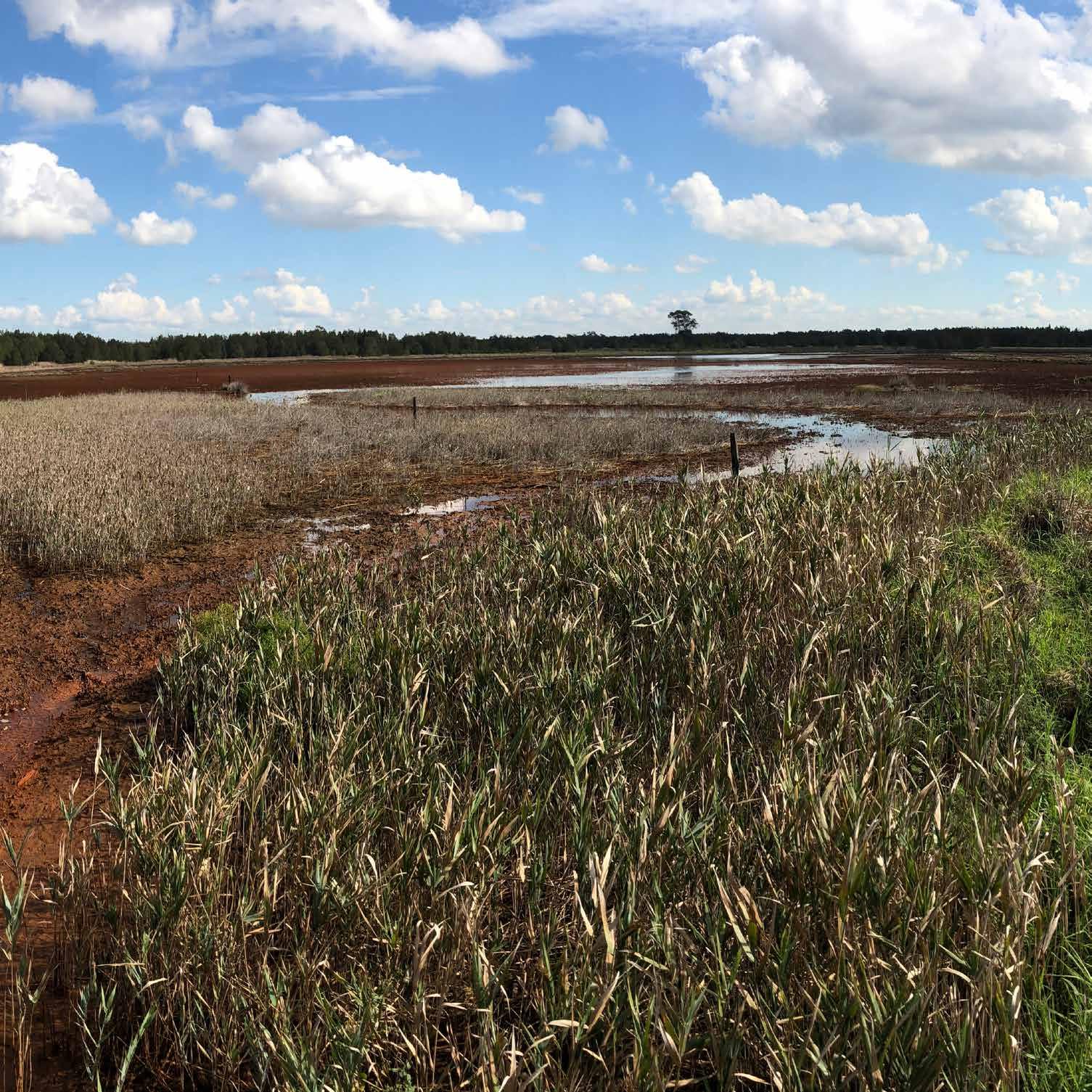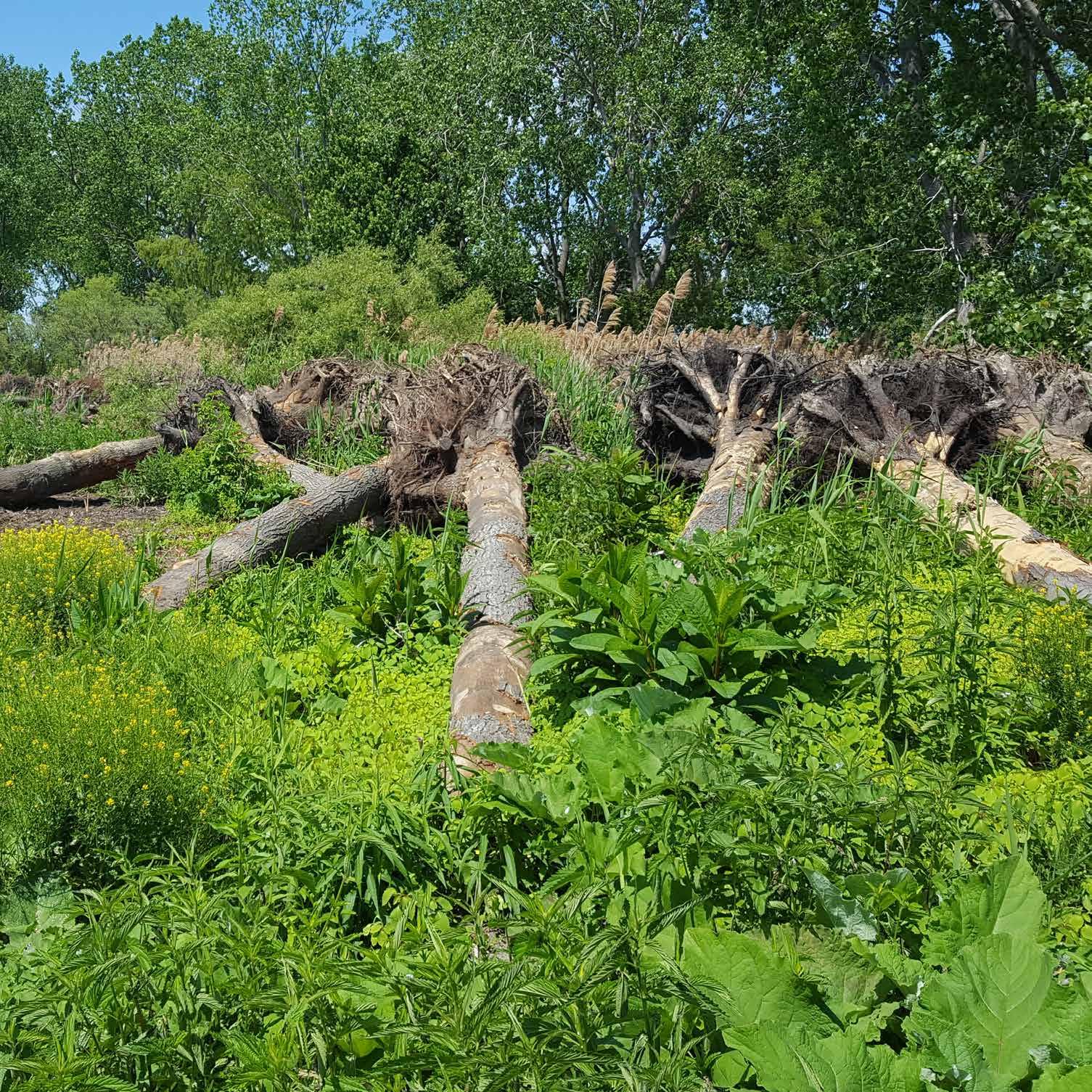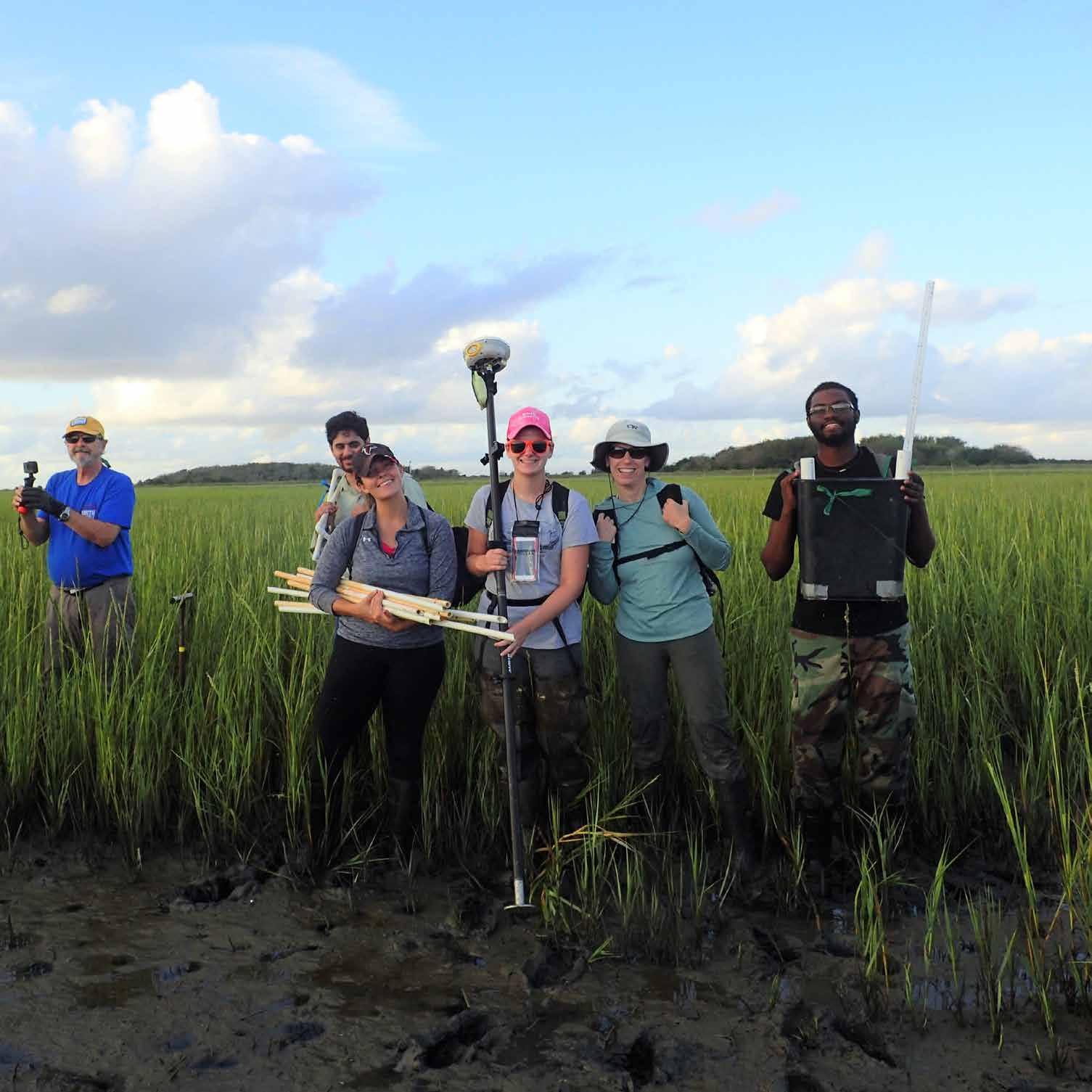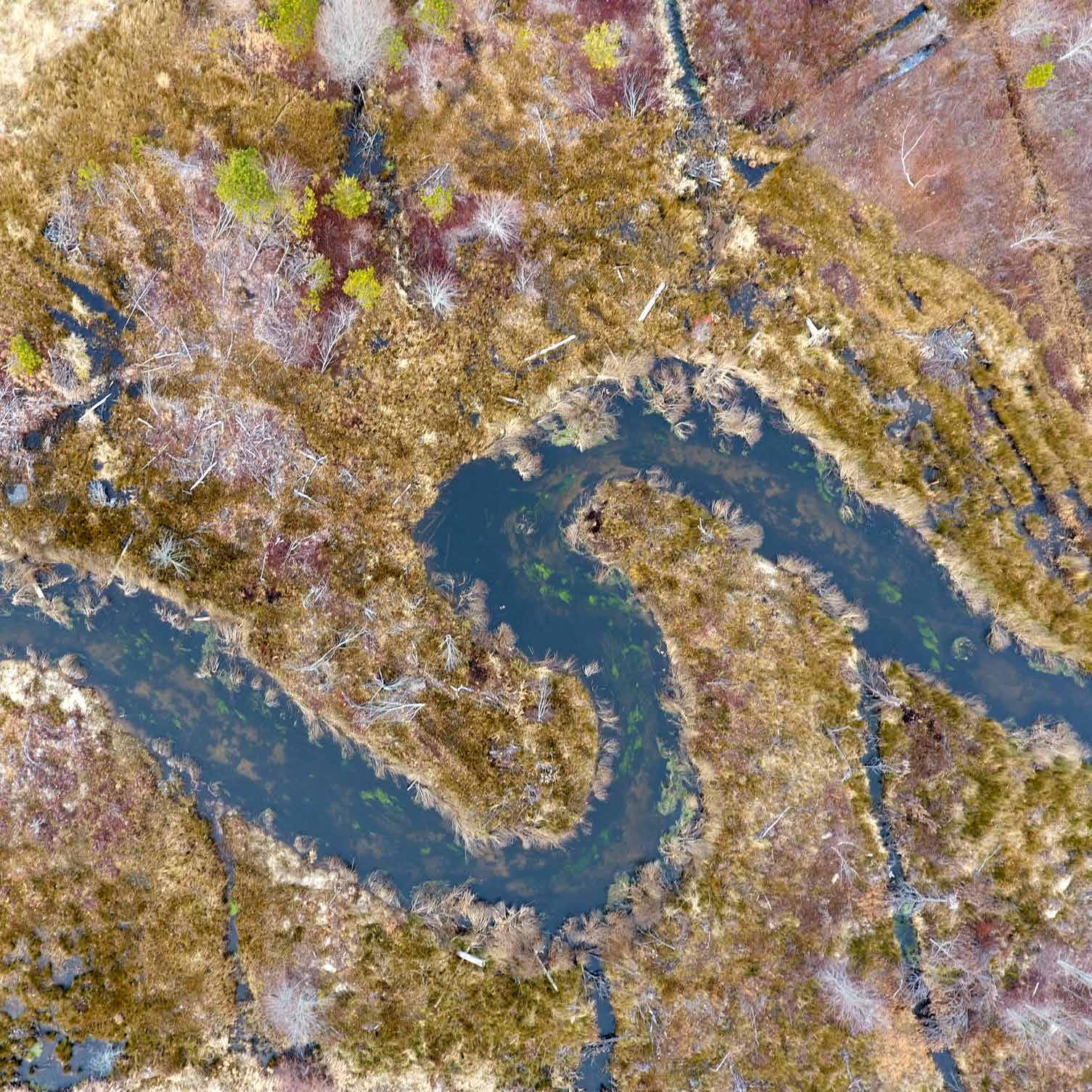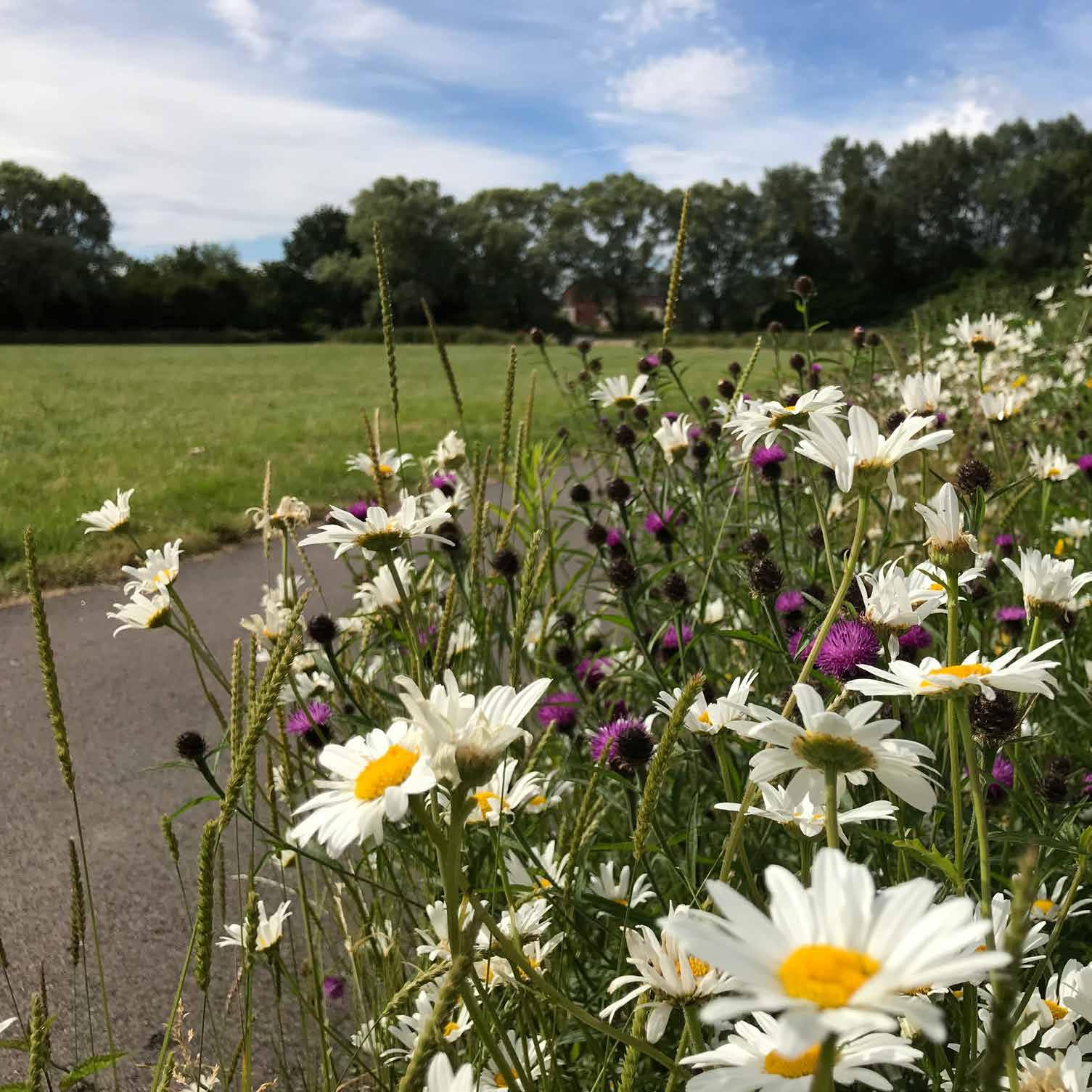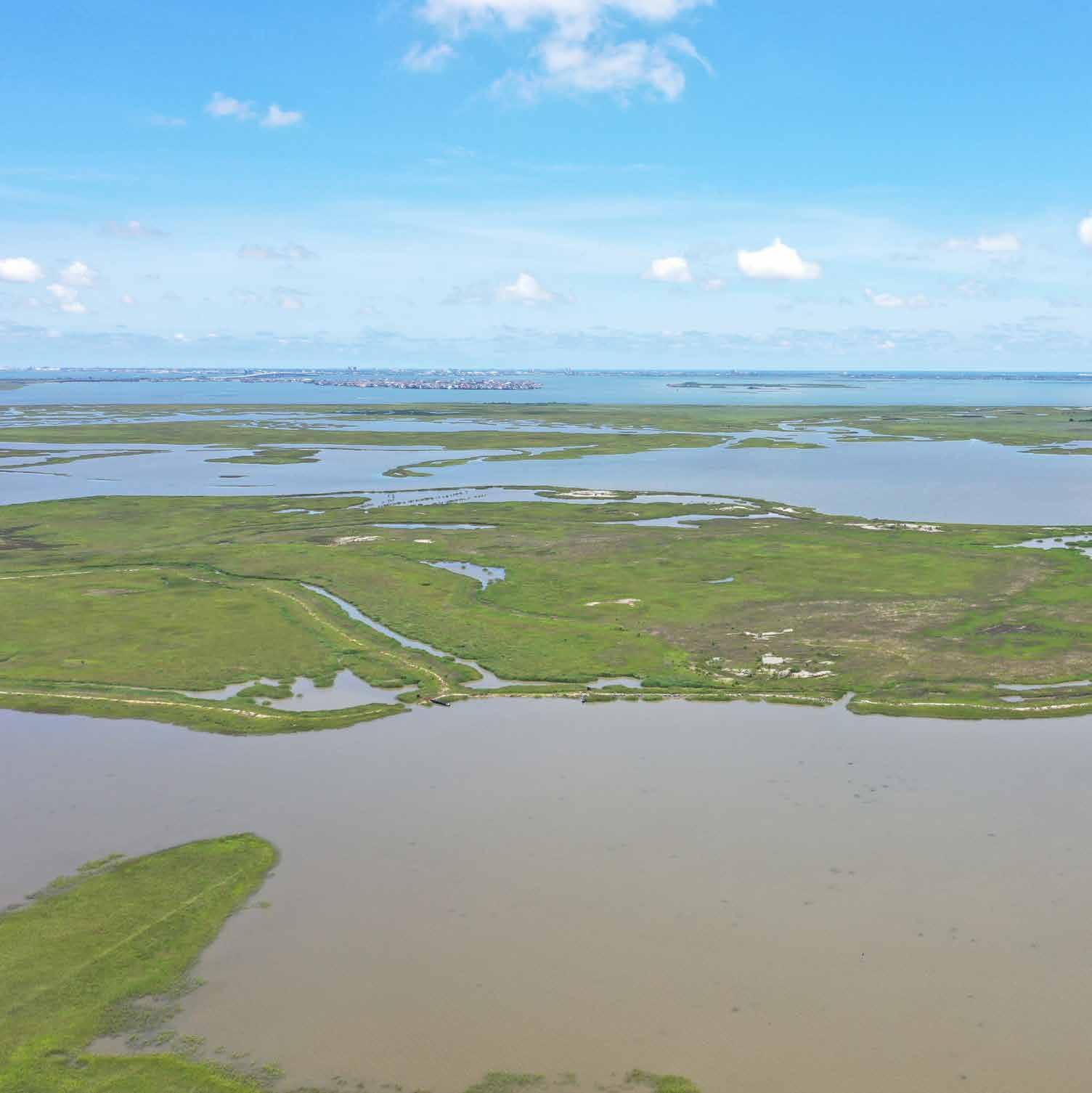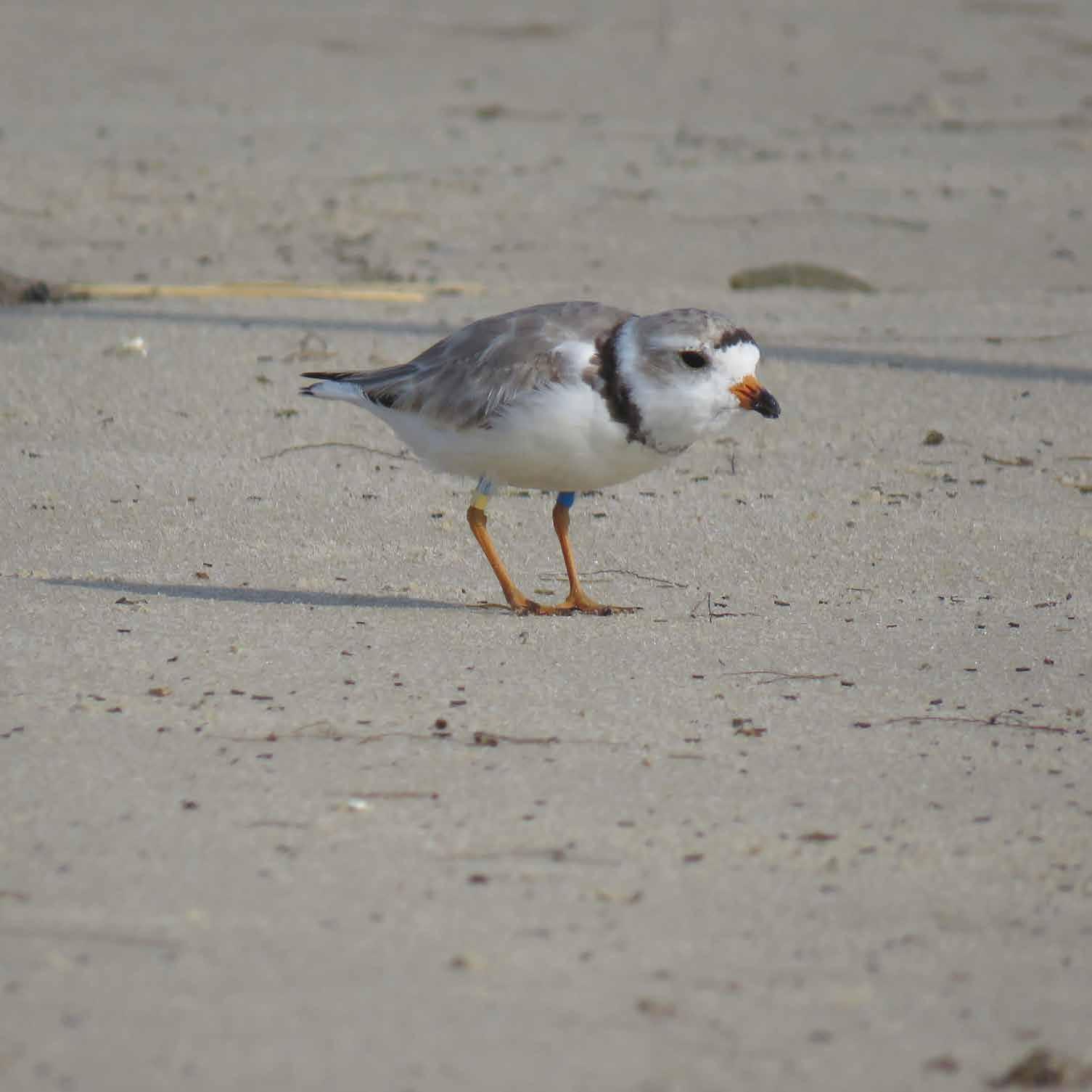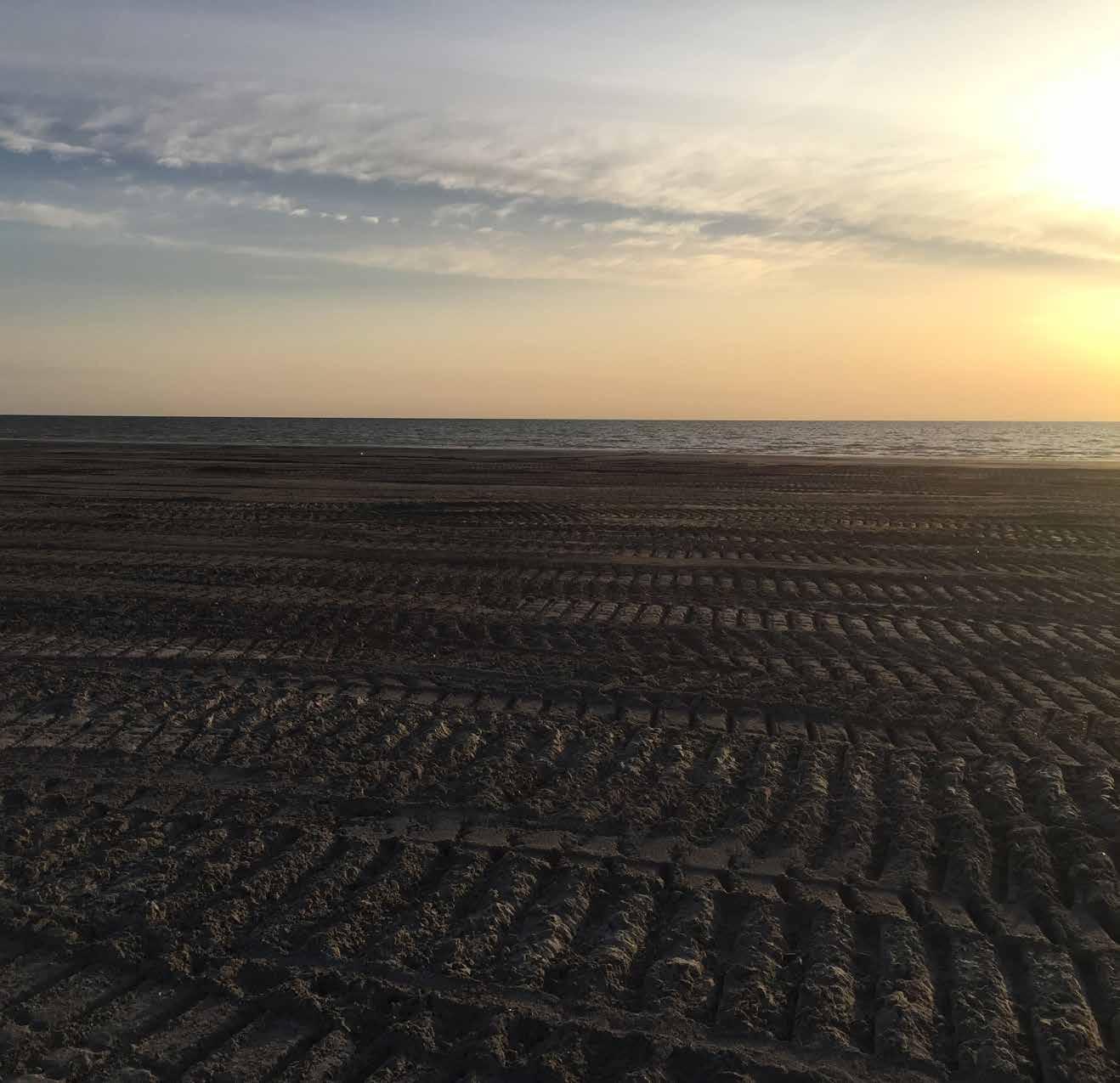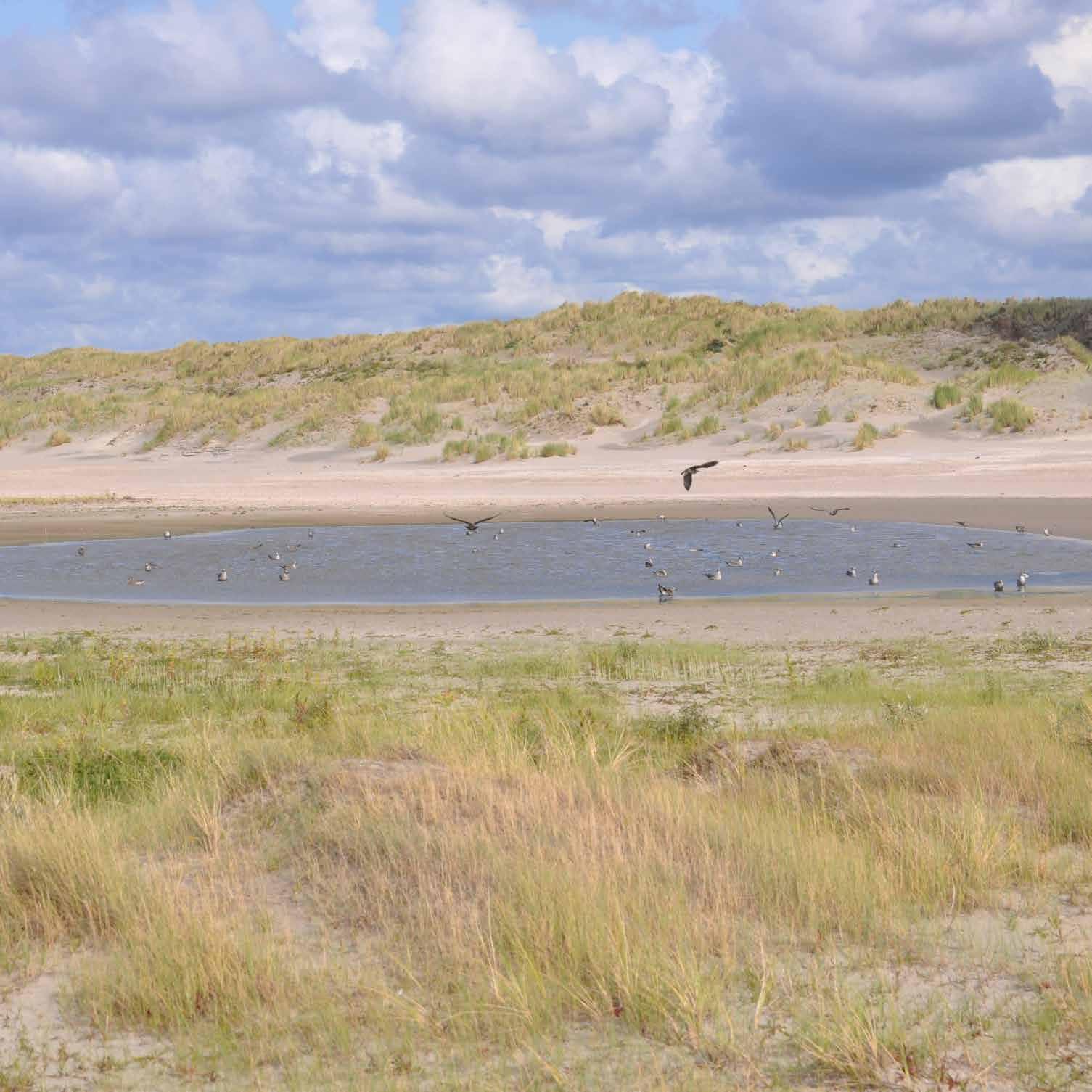Use of Vegetation and Natural Materials
Chatfield Reservoir– Plum Creek Denver, Colorado, United States
Developing a unique vegetation monitoring and reporting program. Living with nature is fundamental to Denver’s culture. So when reallocated water storage space in Chatfield Reservoir freed 3.6 meters of elevation for municipal use, protecting sustainability of the ecosystem was key. One of two primary tributaries feeding into Chatfield Reservoir, Plum Creek represents a critical source of water for Denver. However, rapid urban development and increased stormwater runoff from impervious surfaces had disrupted the creek’s sediment dynamic and caused severe streambed degradation. The water table dropped, drying out the adjacent floodplain and wetlands habitat within Chatfield State Park. The lost wetland eliminated existing habitat for the federally endangered Preble’s meadow jumping mouse (Zapus hudonius preblei), starved the mature riparian cottonwood forest and wetlands of water, and allowed invasive species to dominate the ecosystem. From 2017 to 2019, the U.S. Army Corps of Engineers, in cooperation with several state and local partners, installed naturalized riffles to raise the streambed’s elevation and water table; and they planted 50,500 shrubs, 1,800 trees, 18,000 willow stakes, and 2,200 meters of willow logs. The restoration aimed to sustainably balance human development needs with natural systems, and was critical for supplying additional water to the people of Denver.
240














